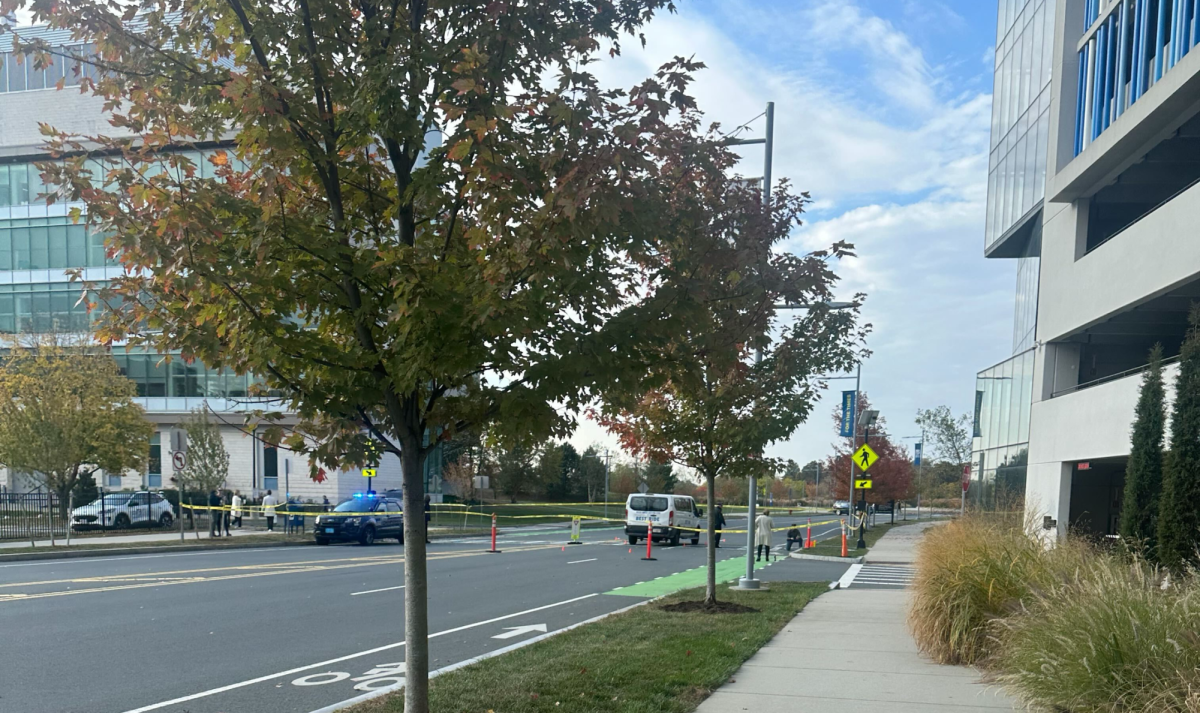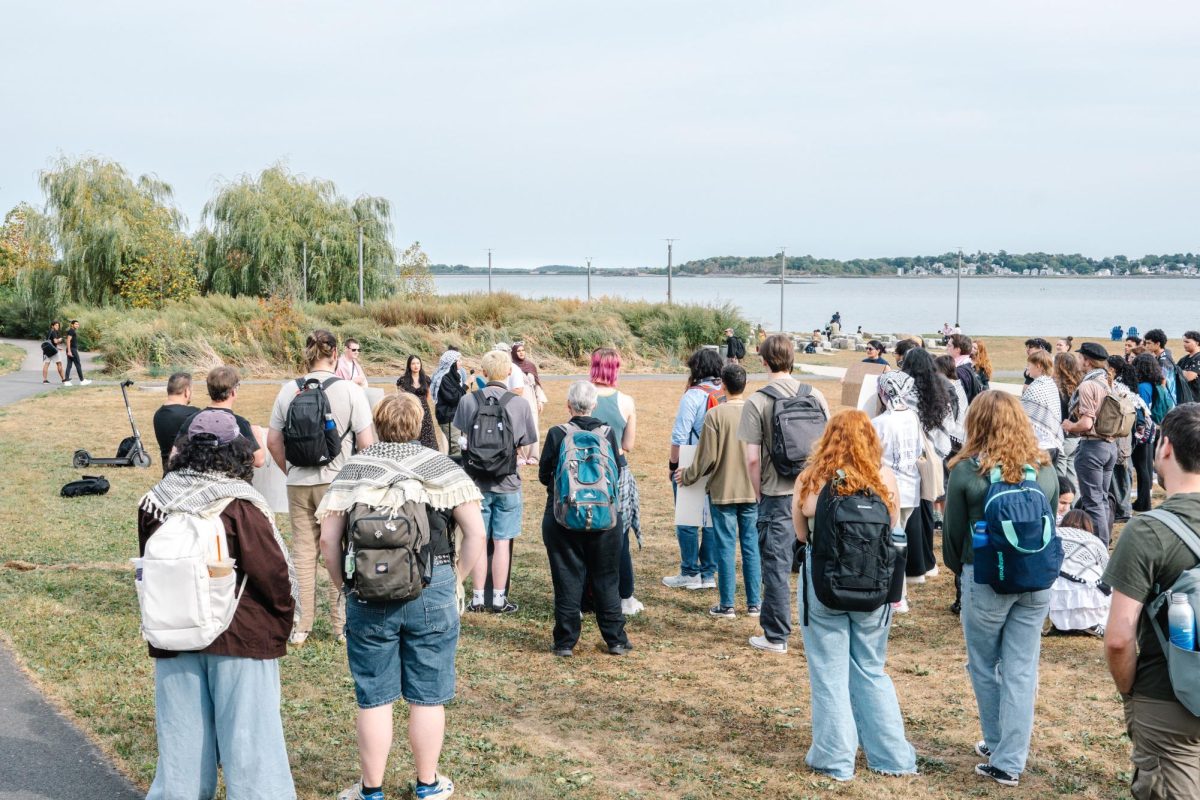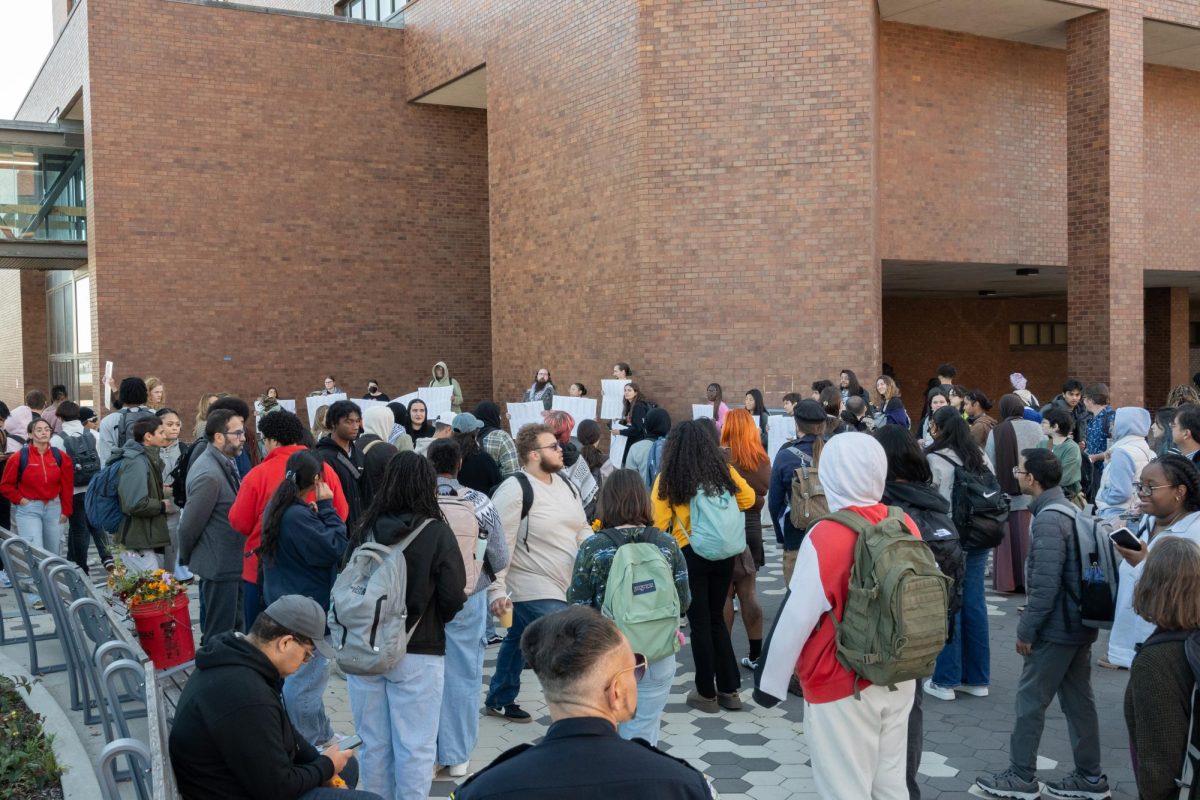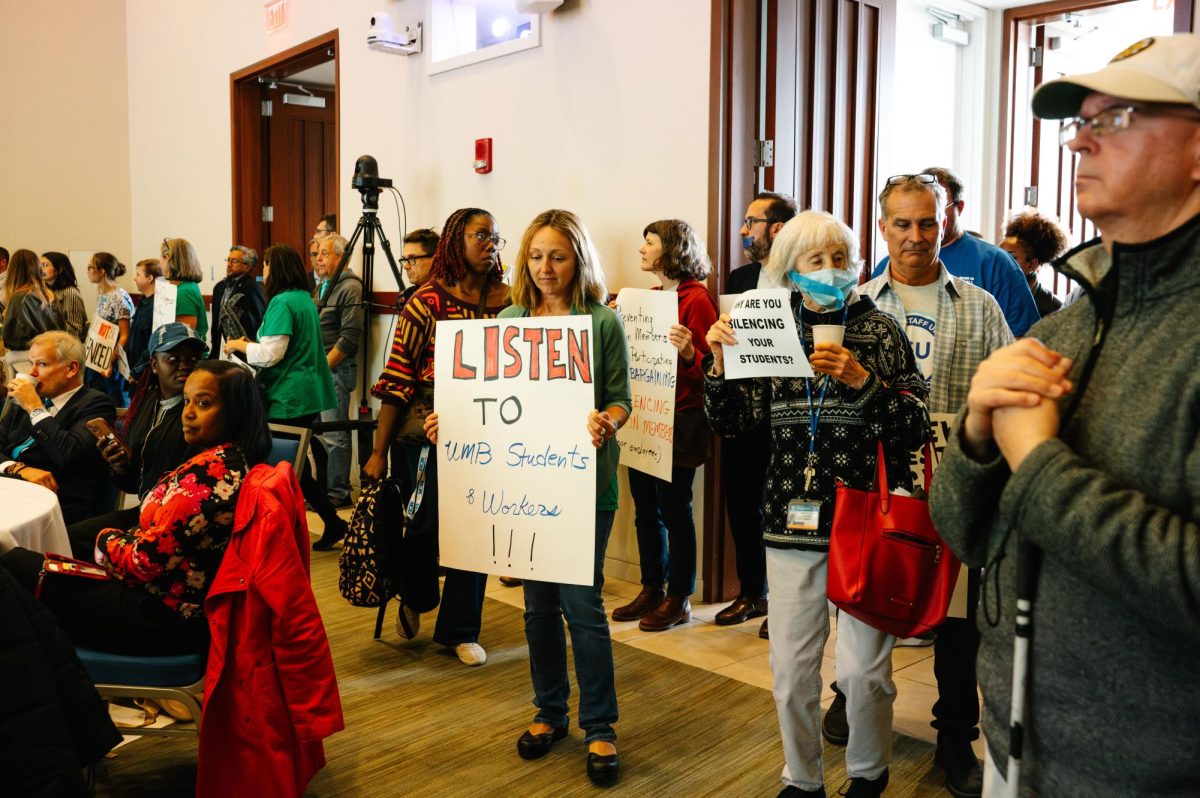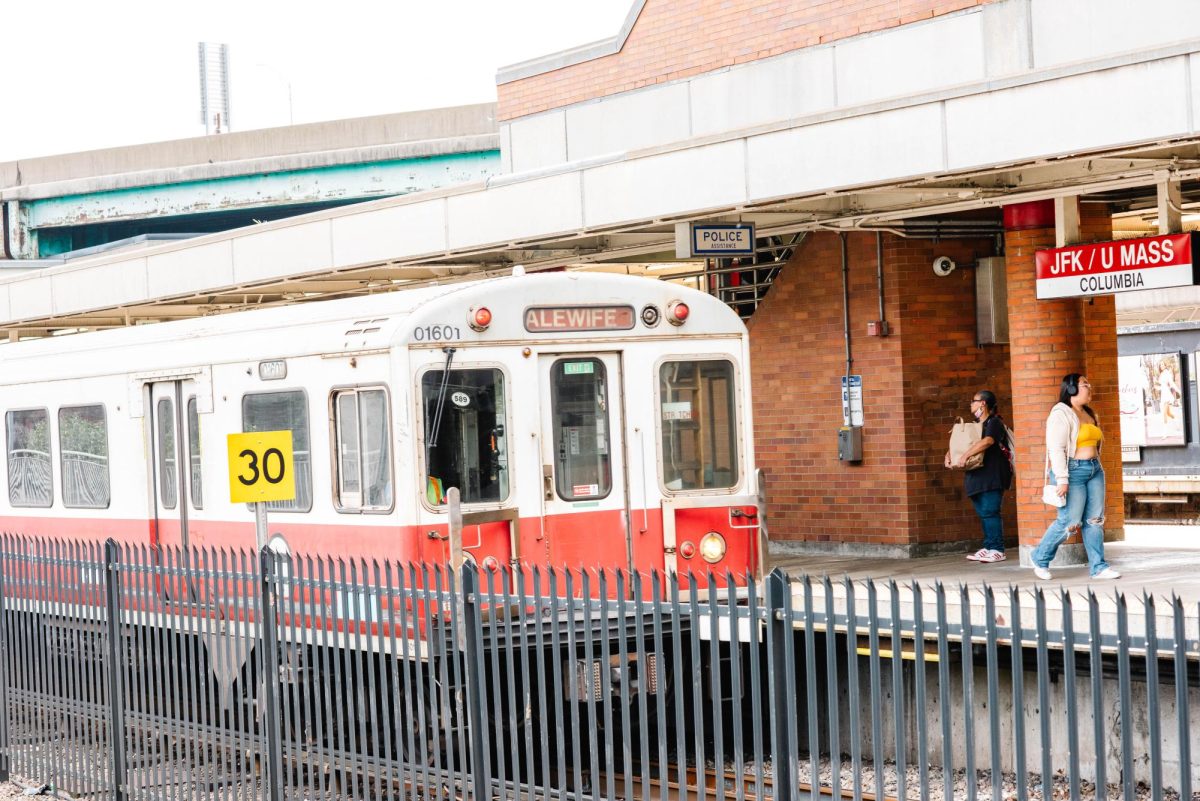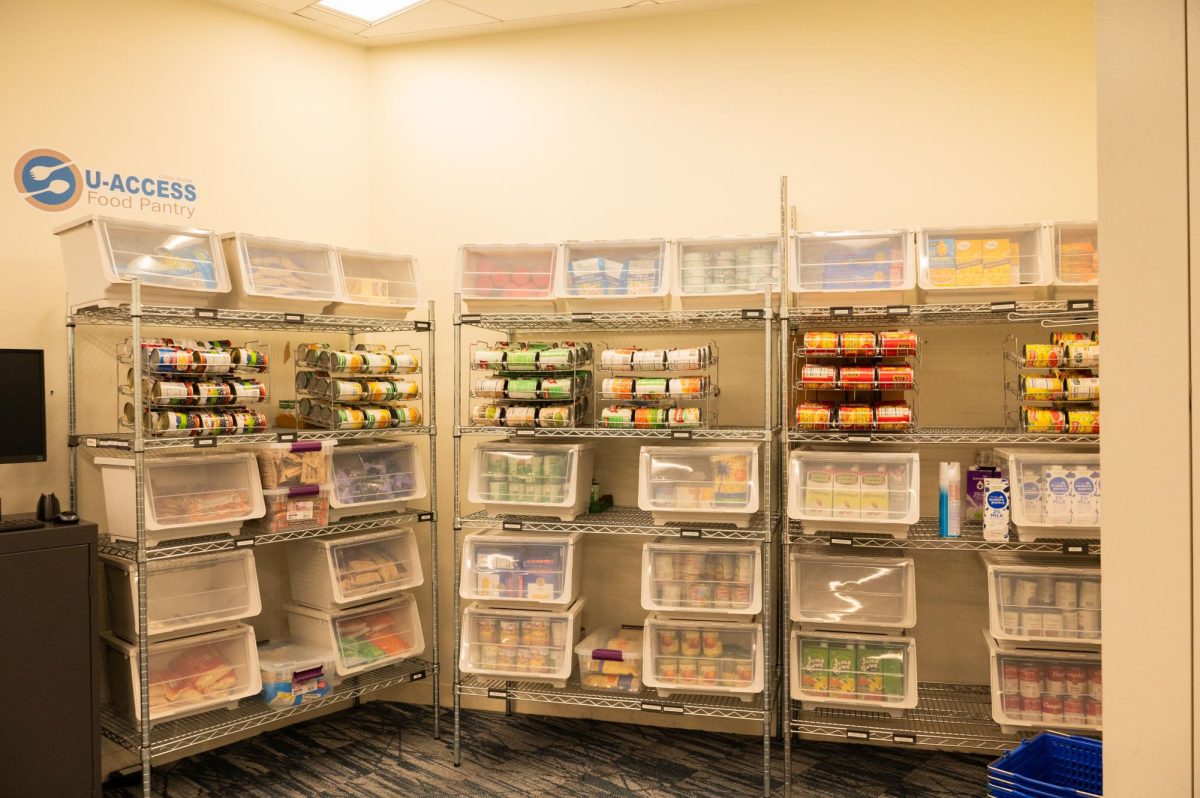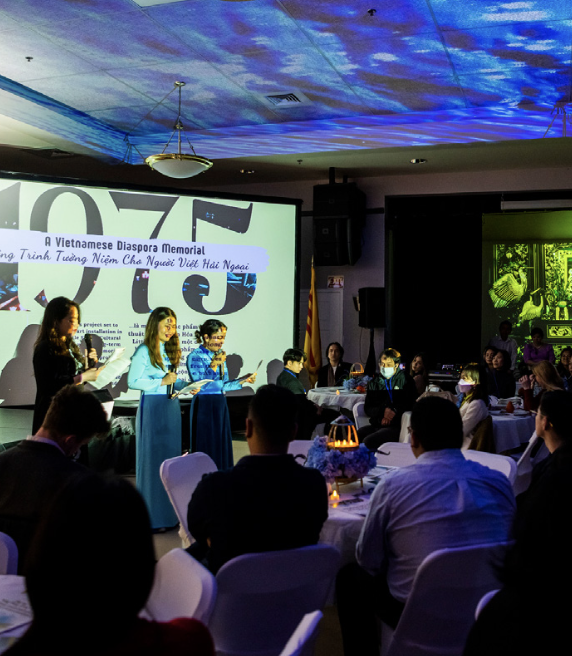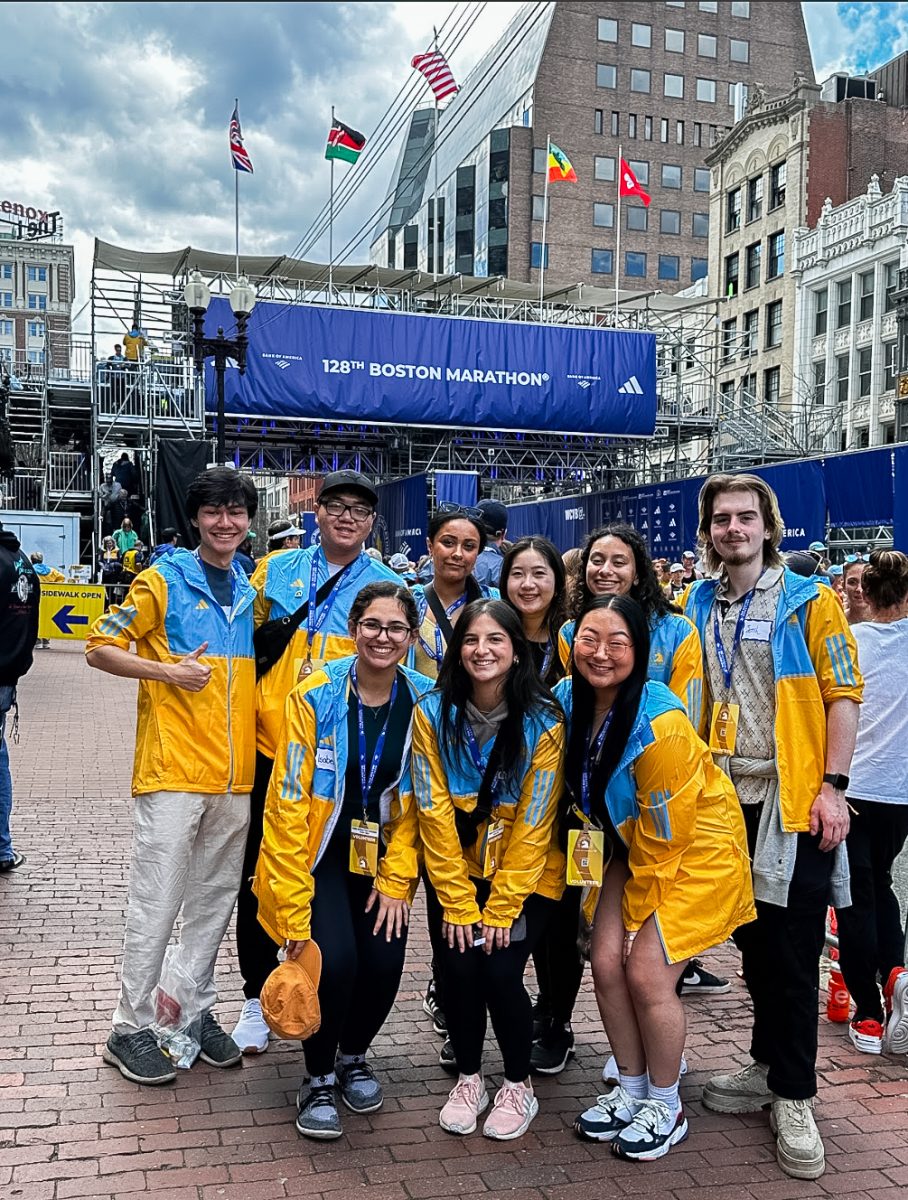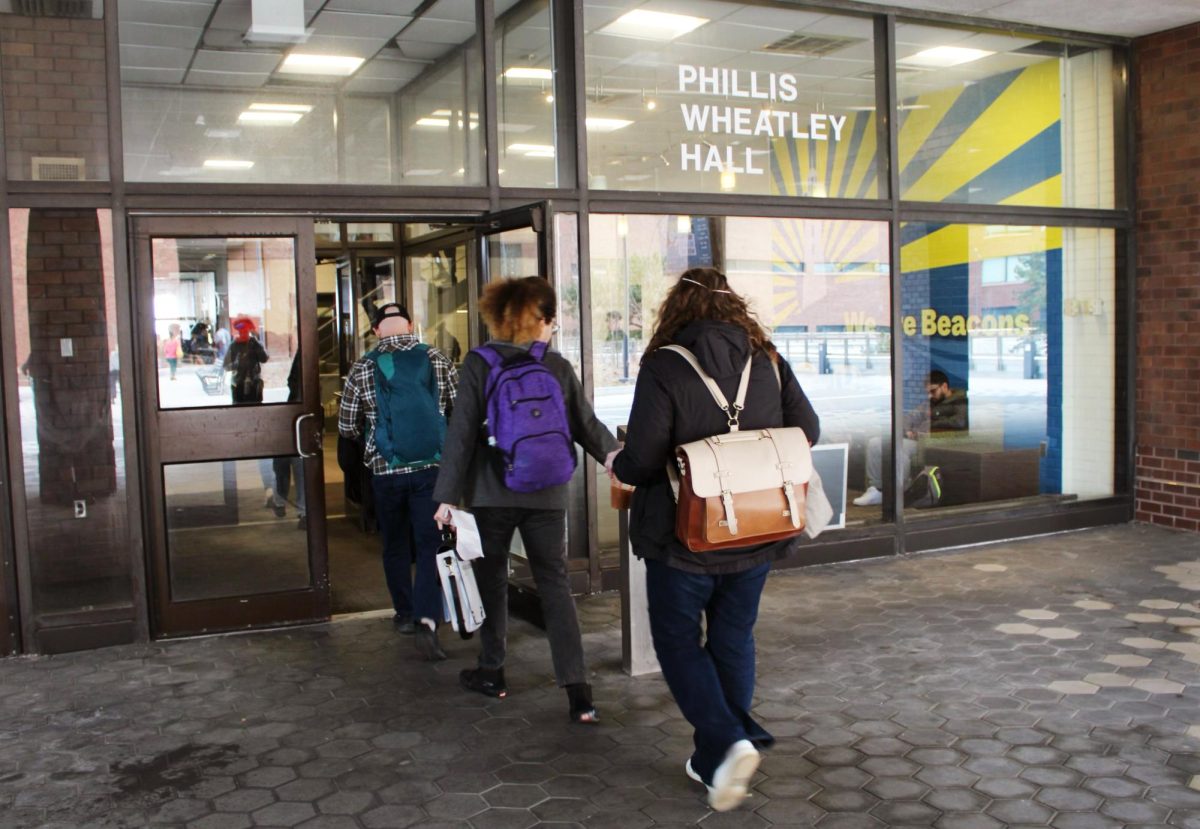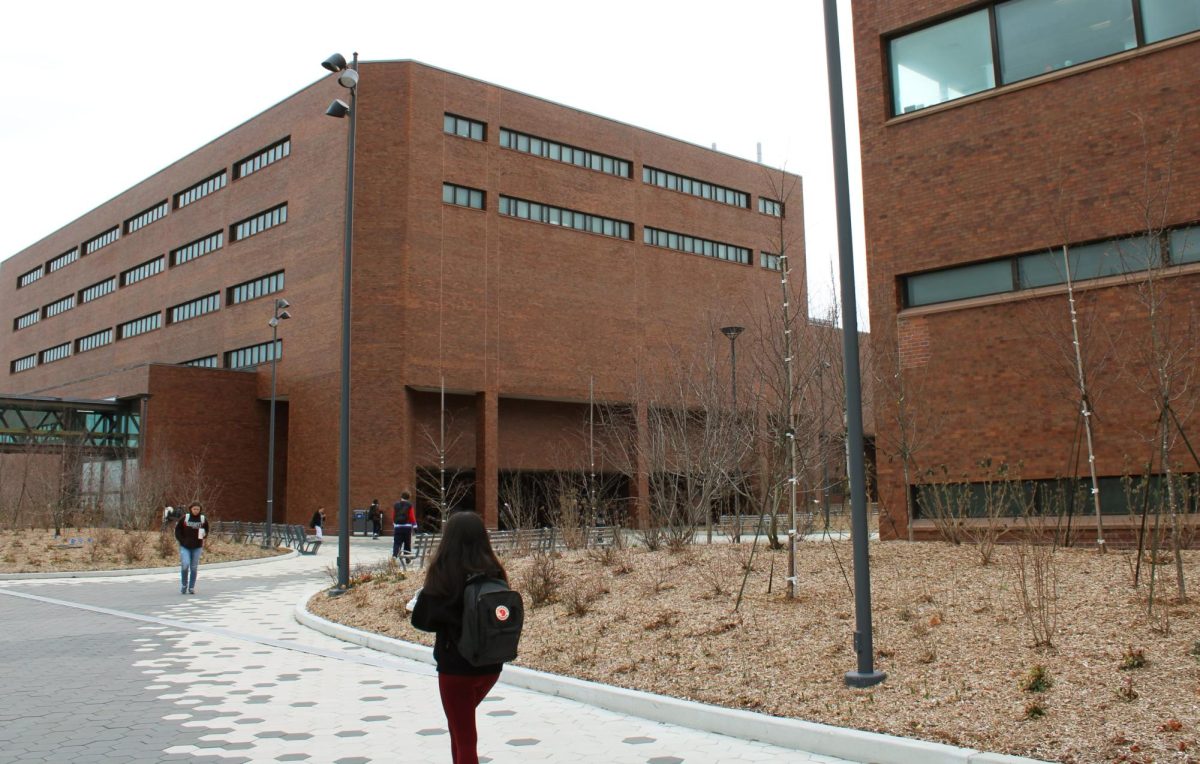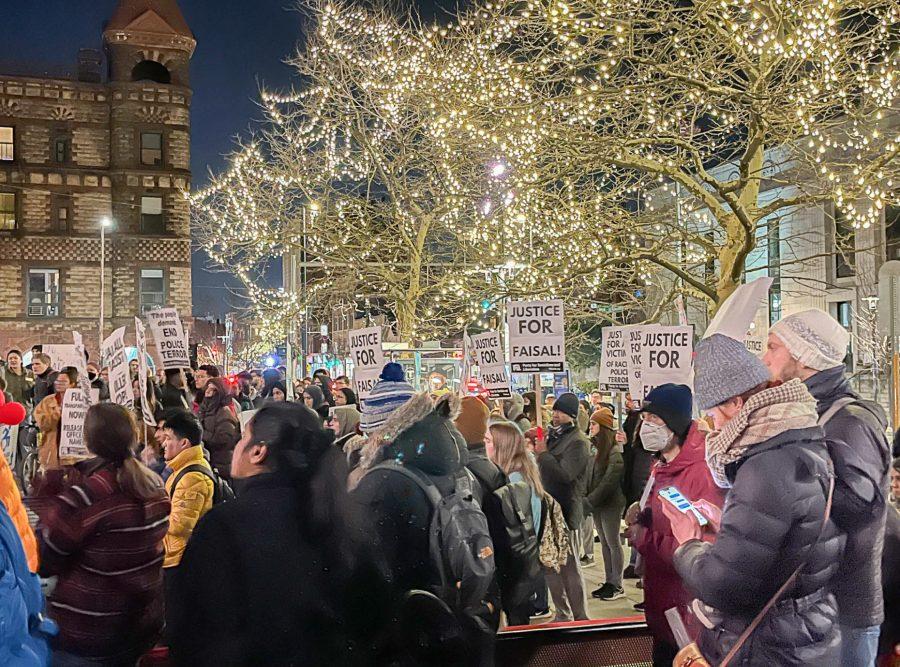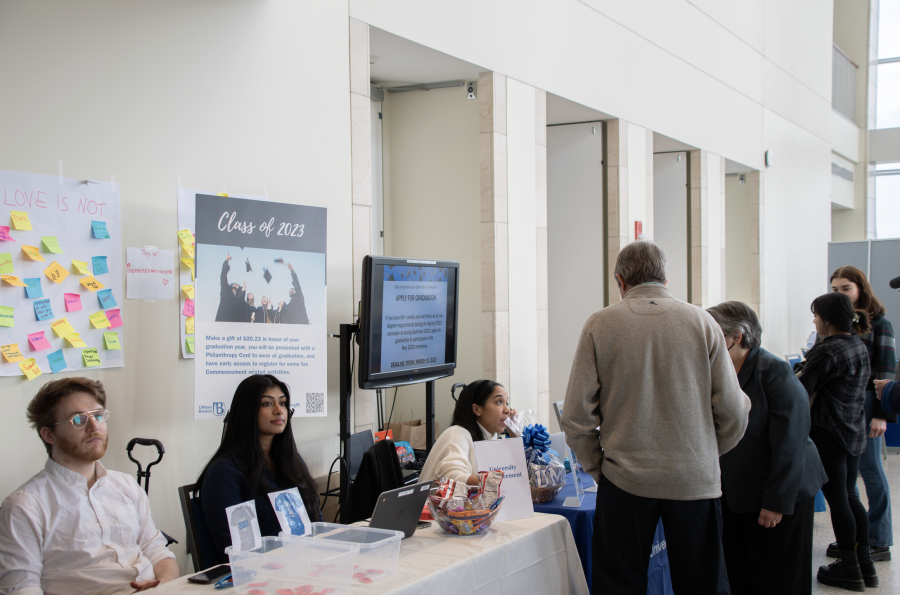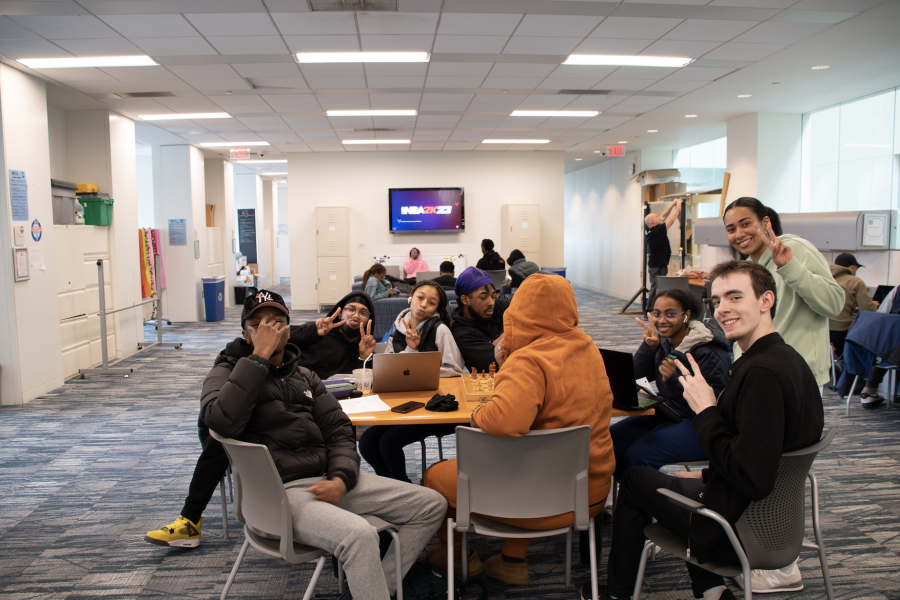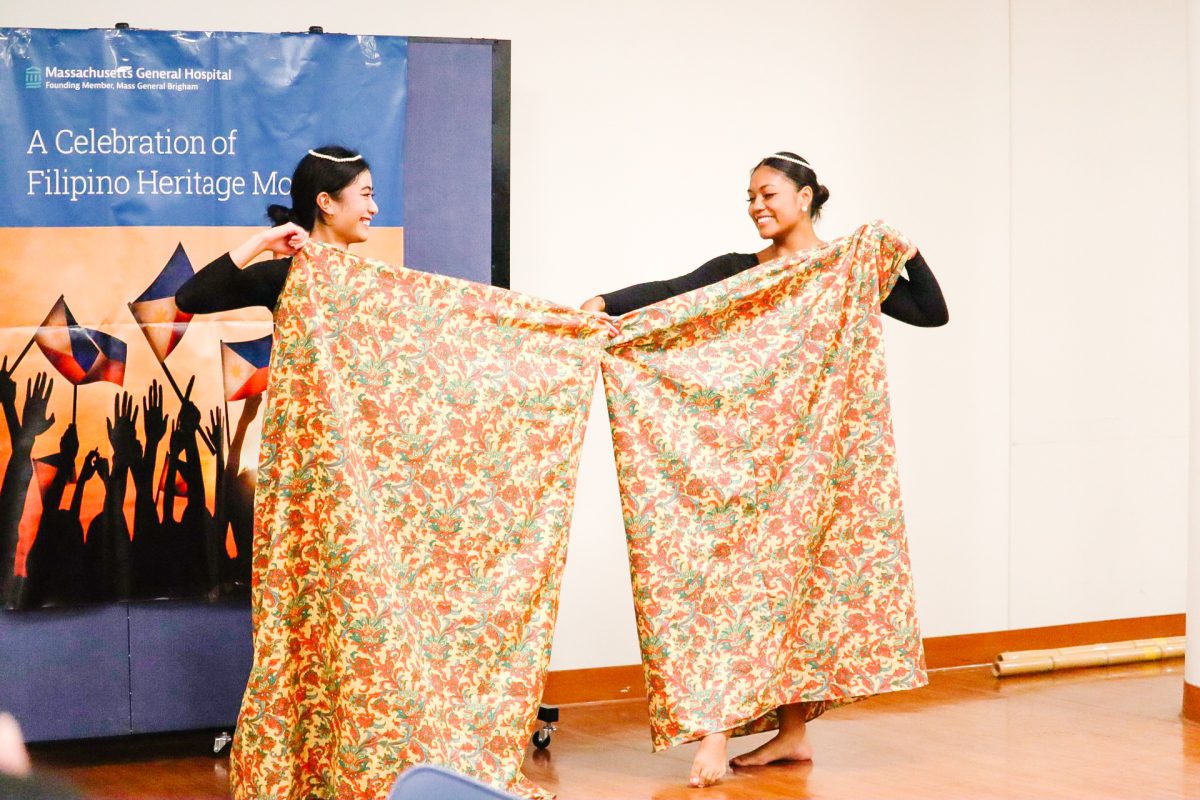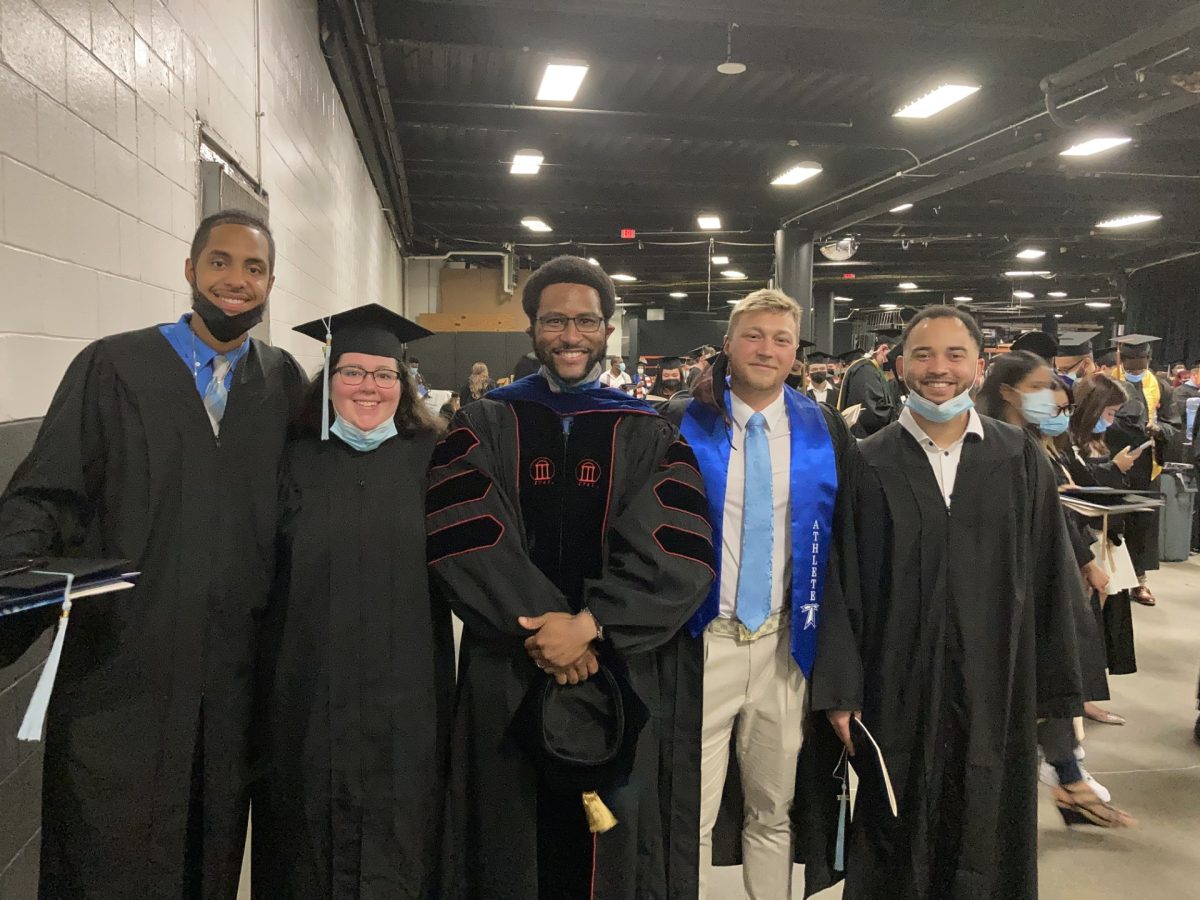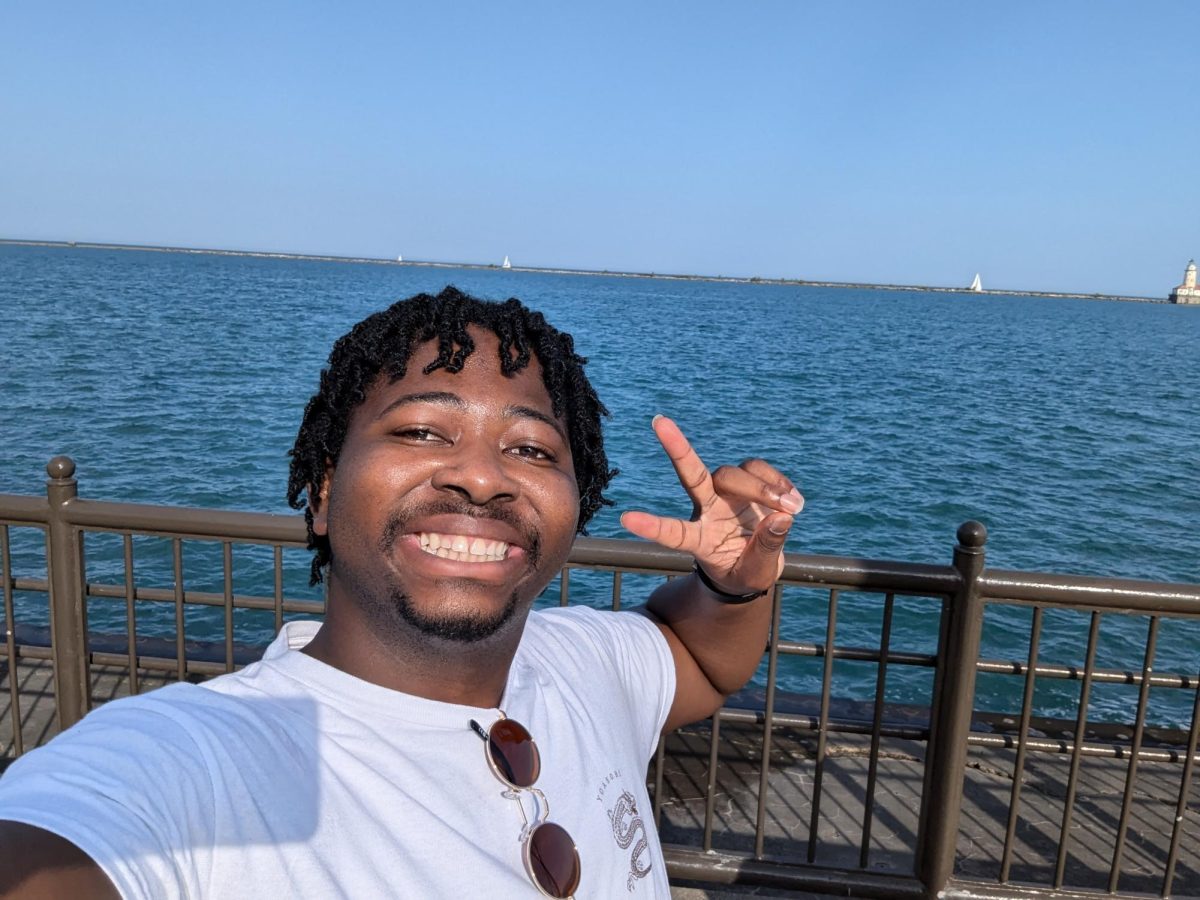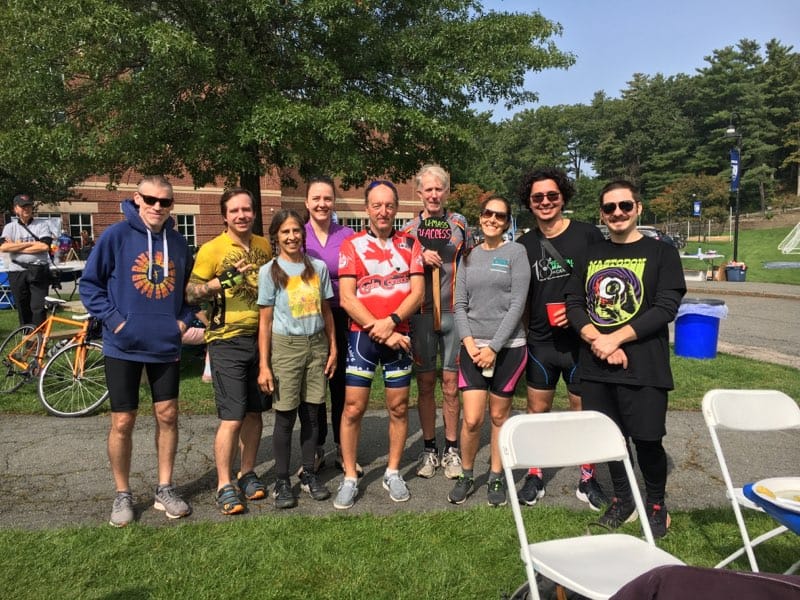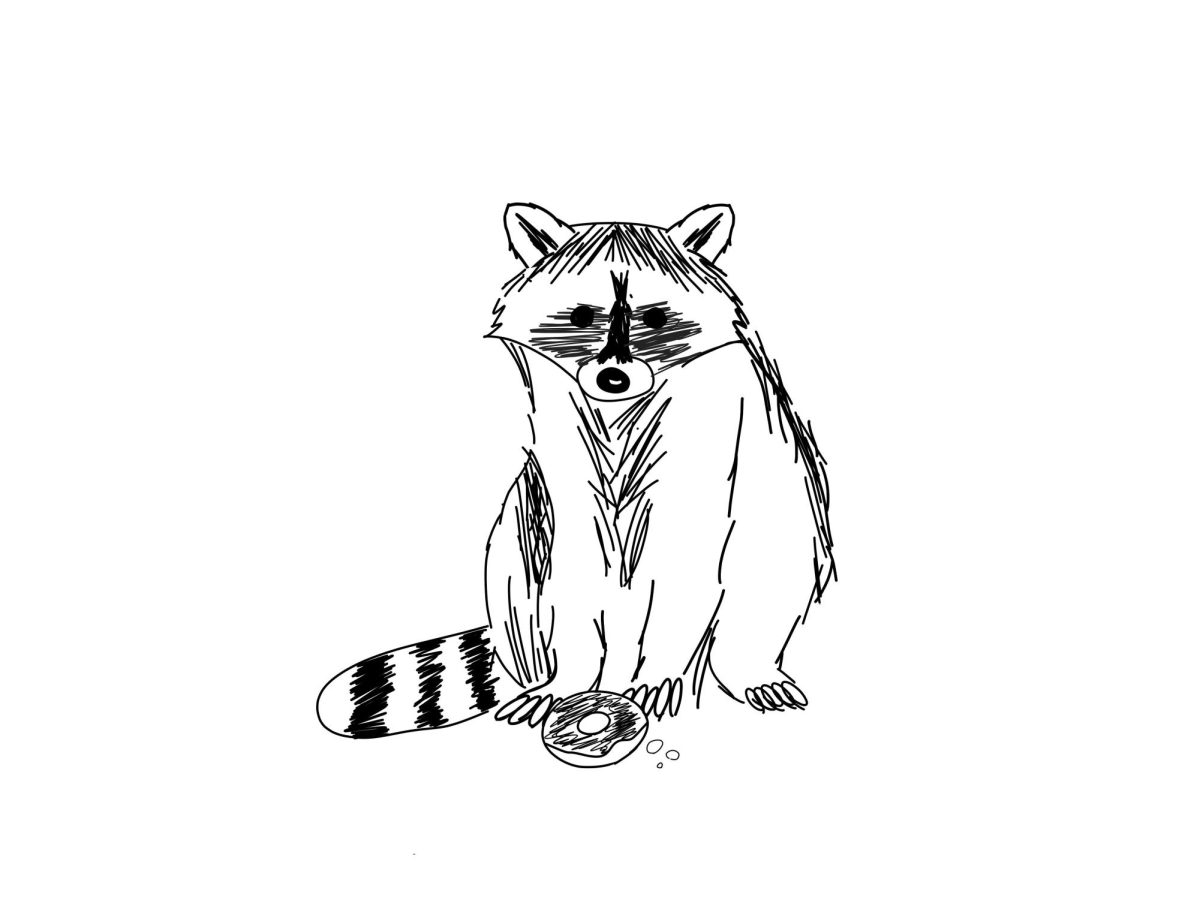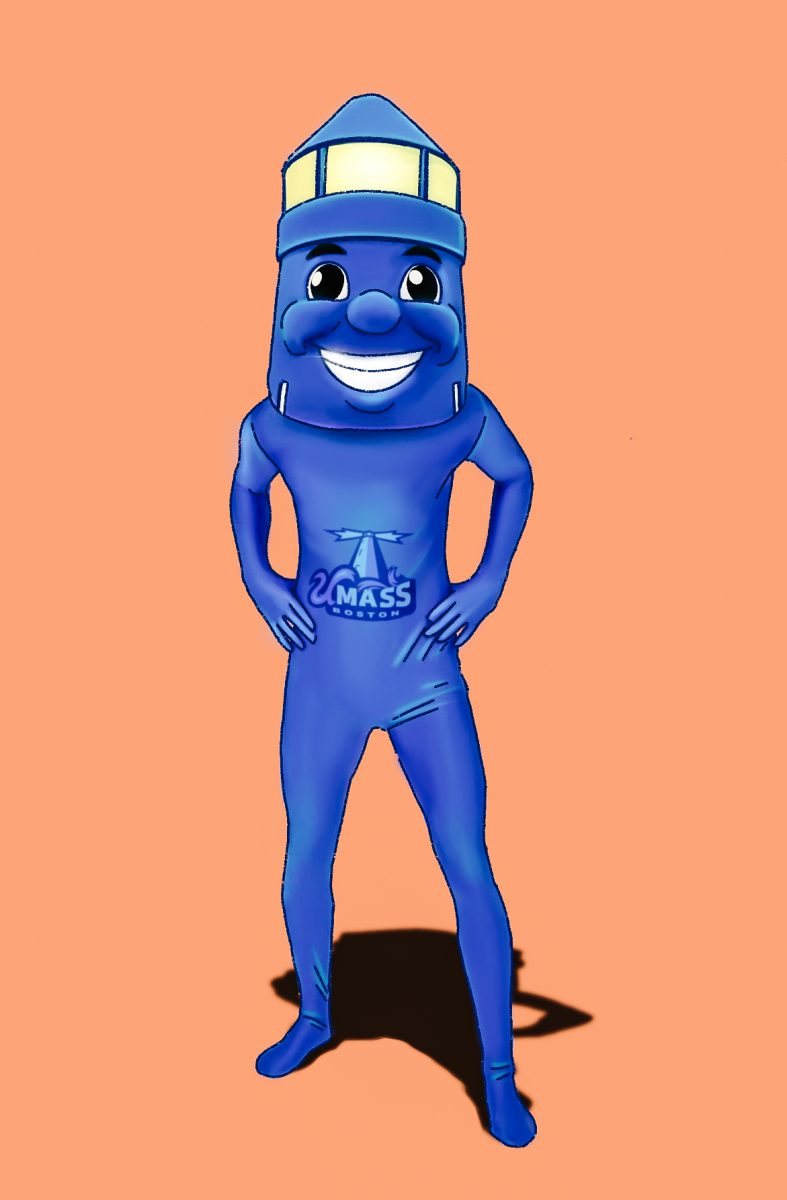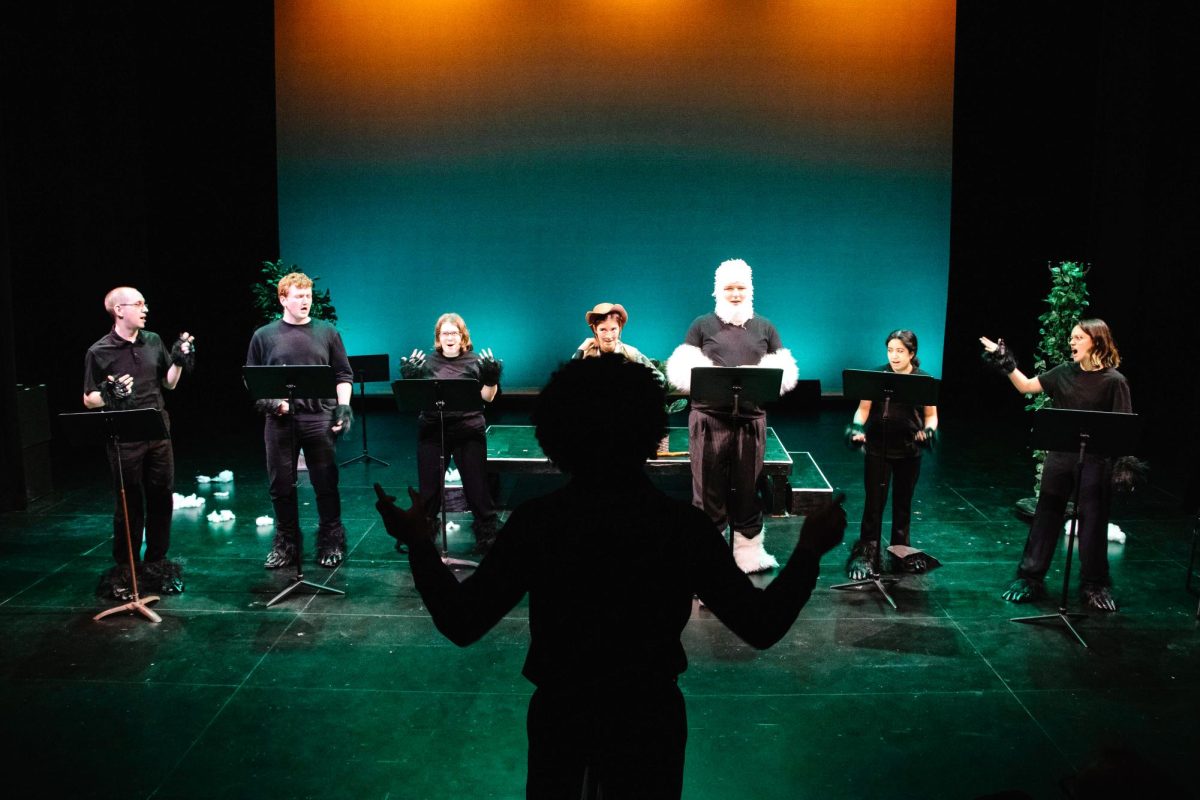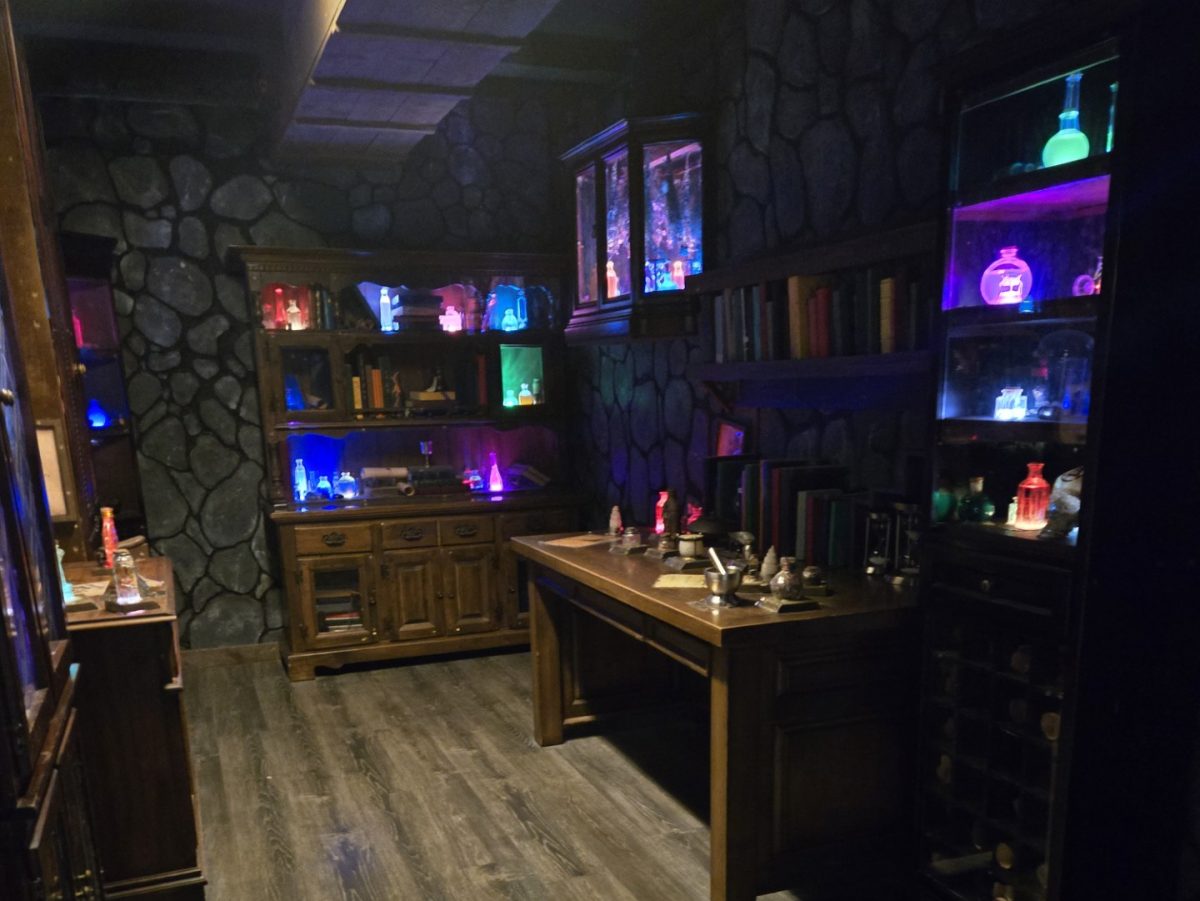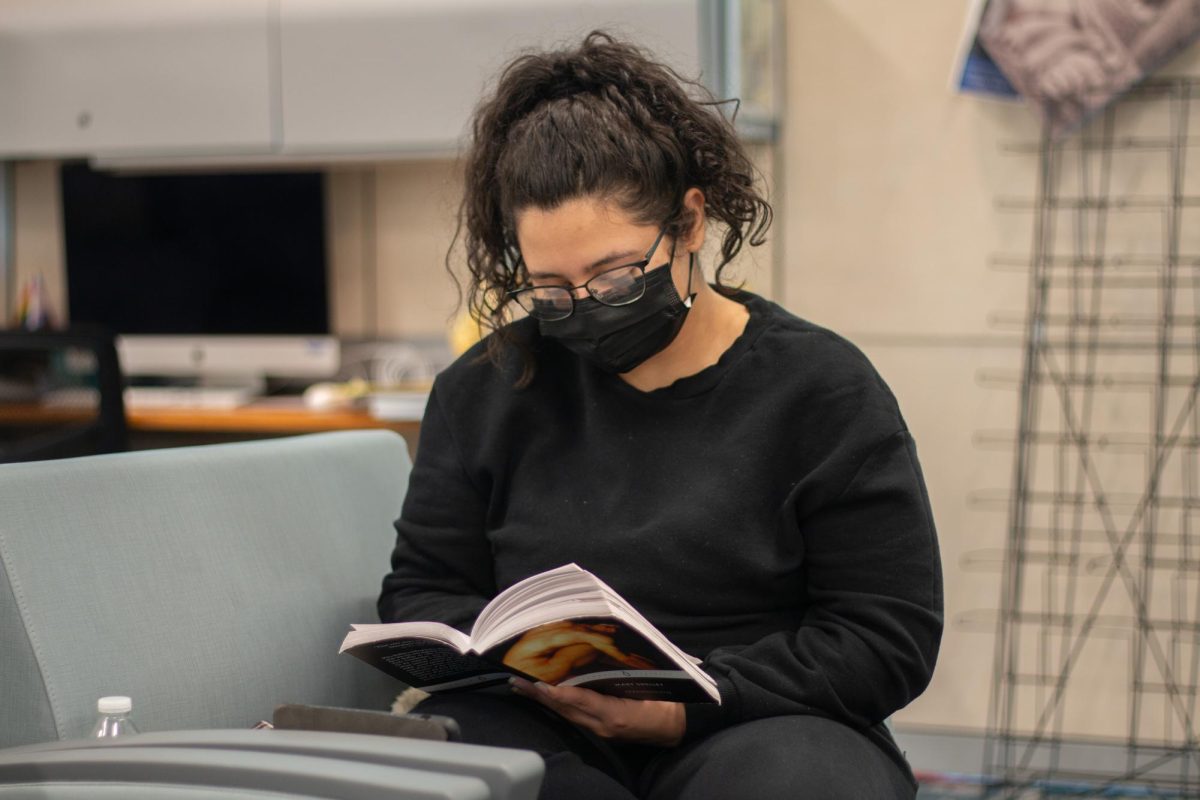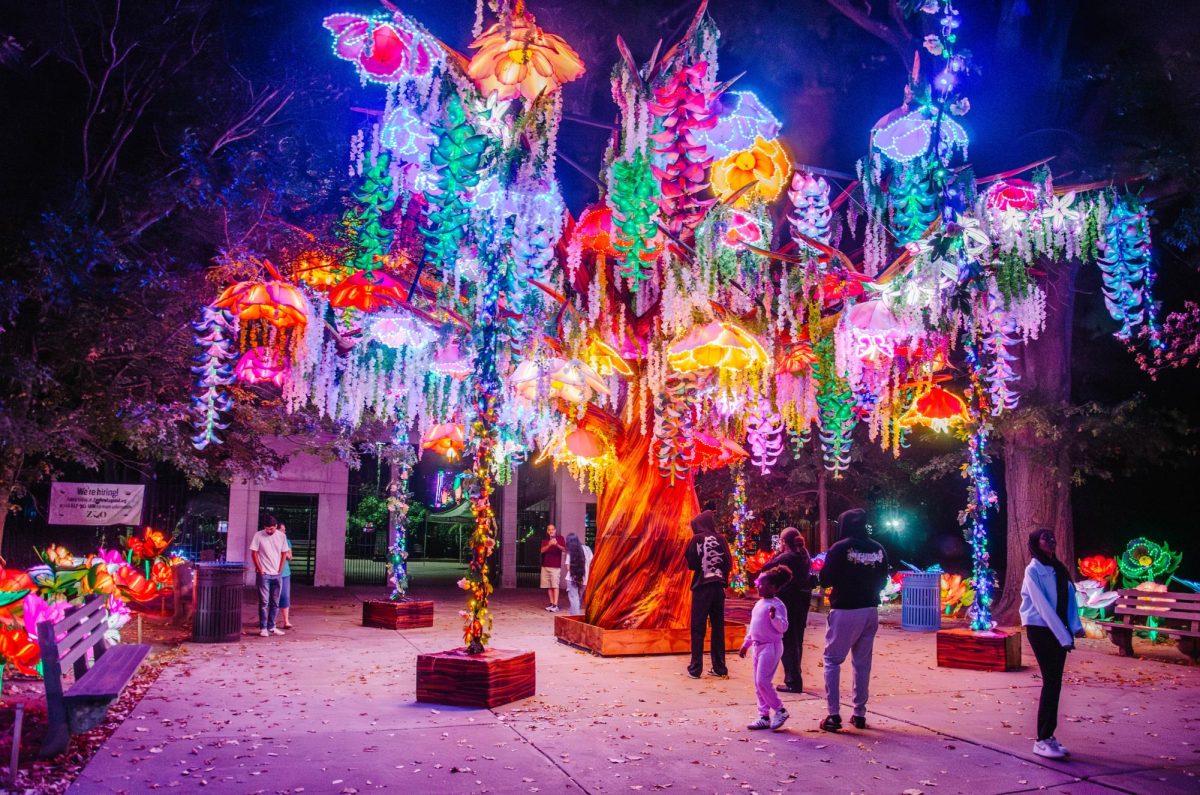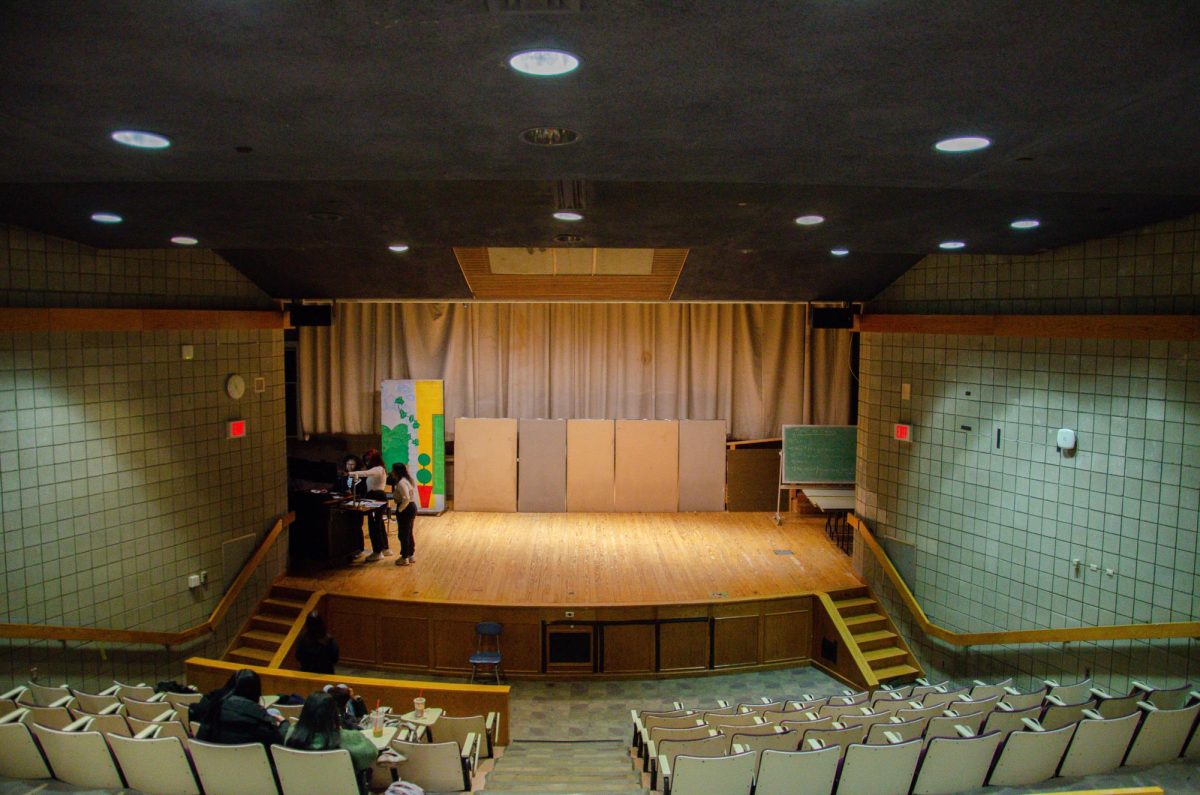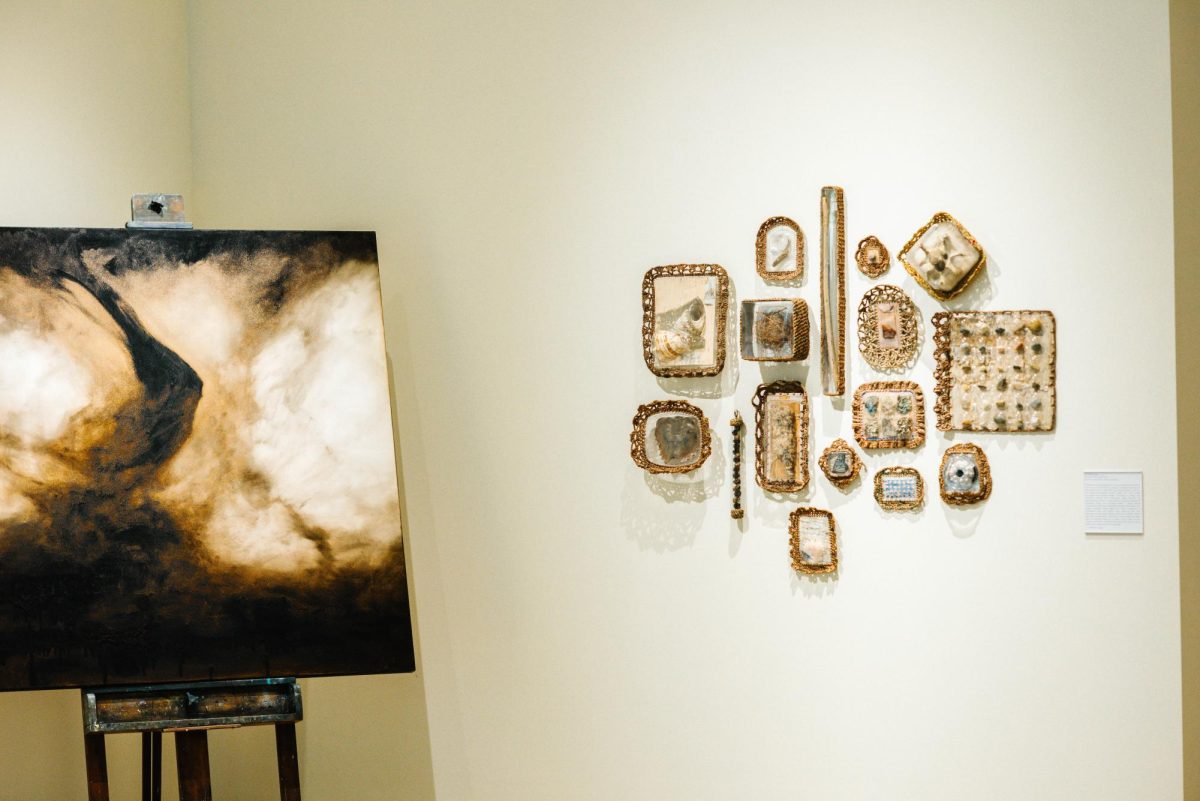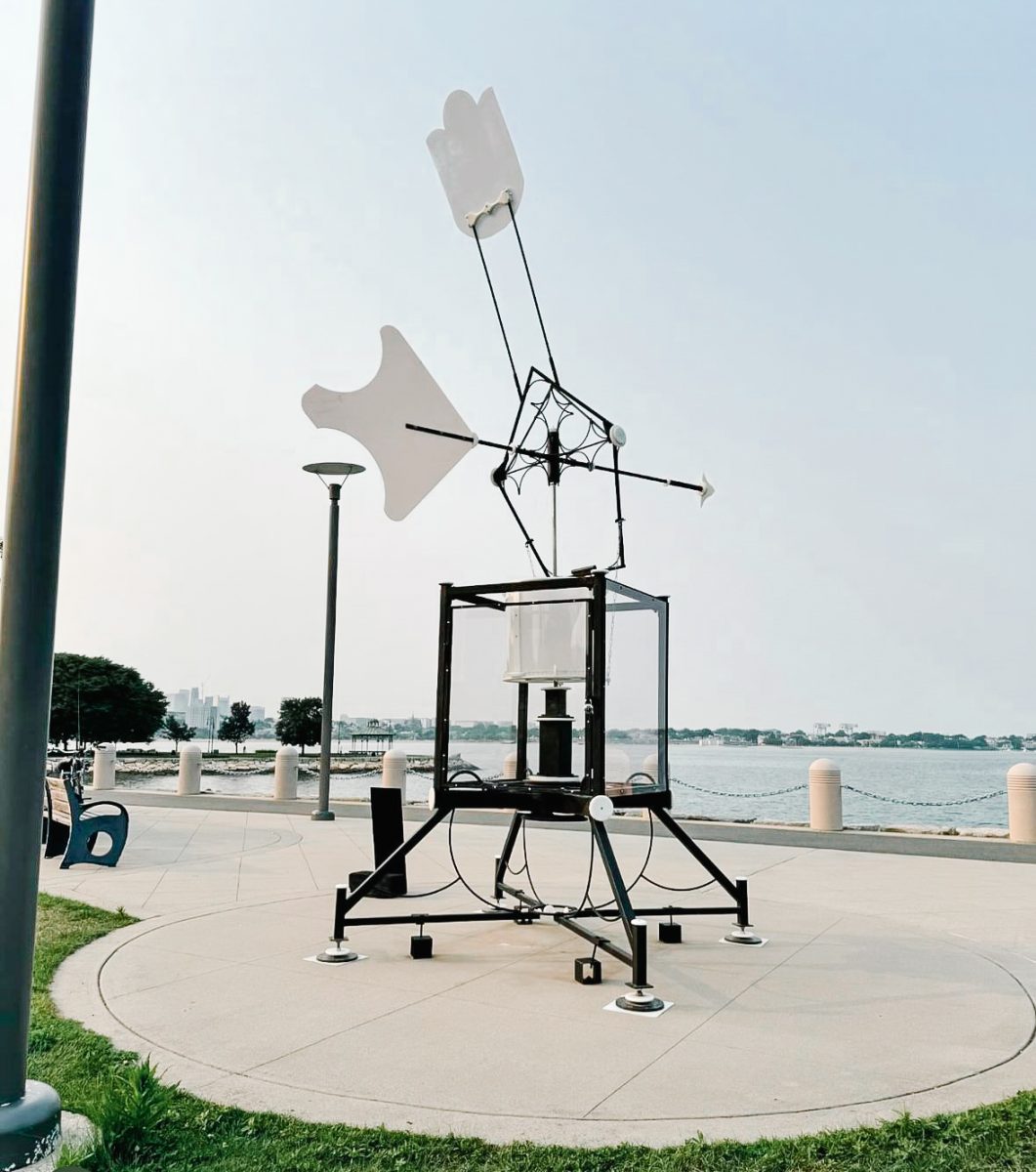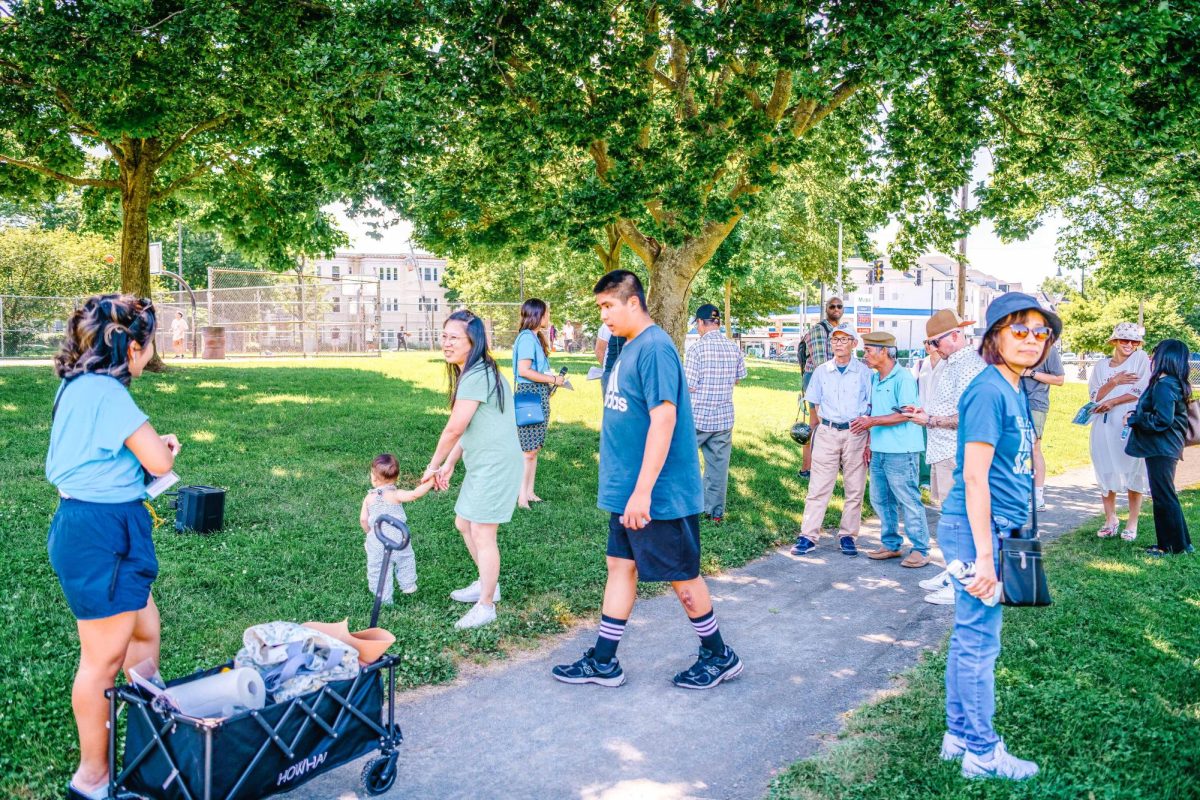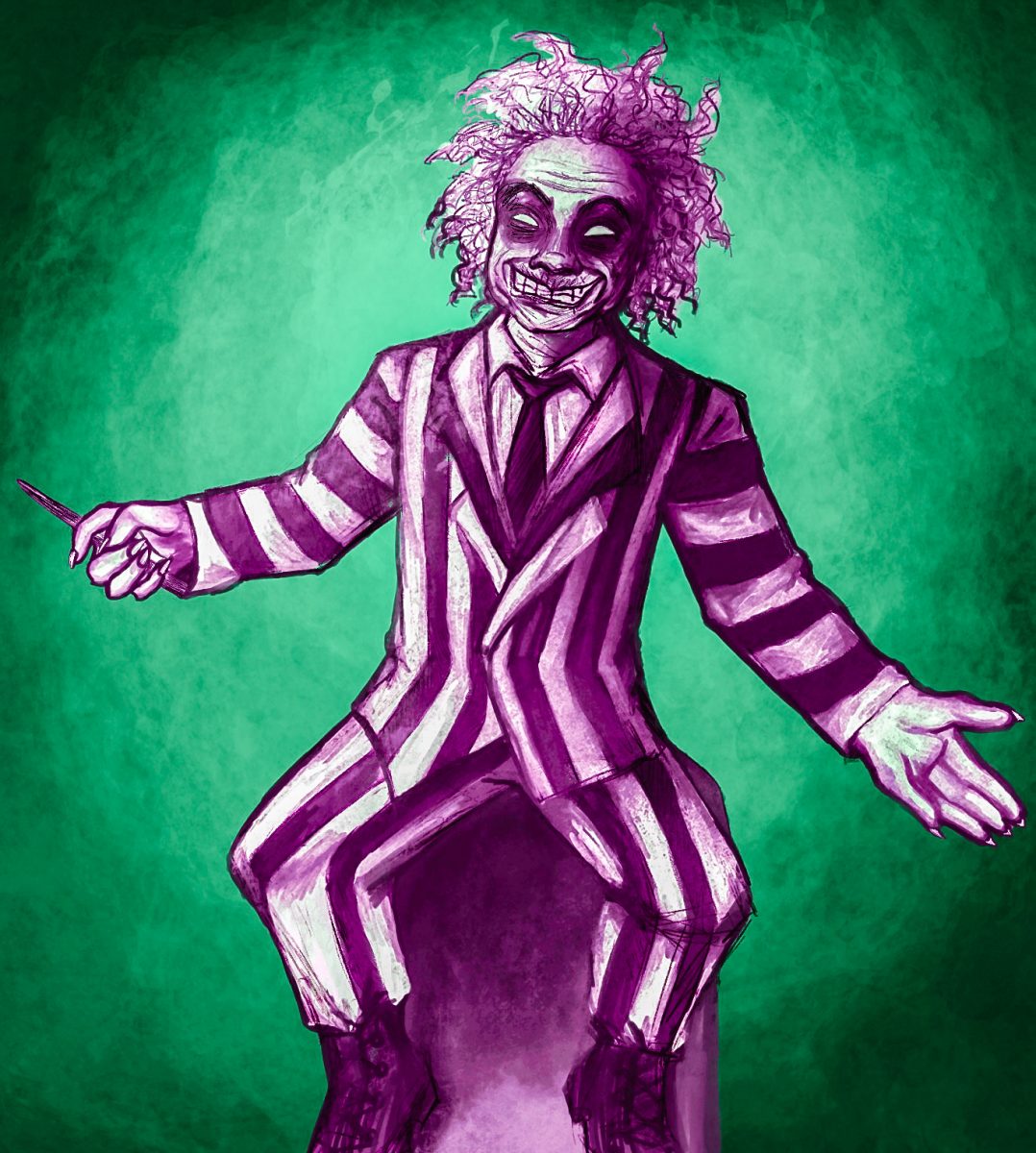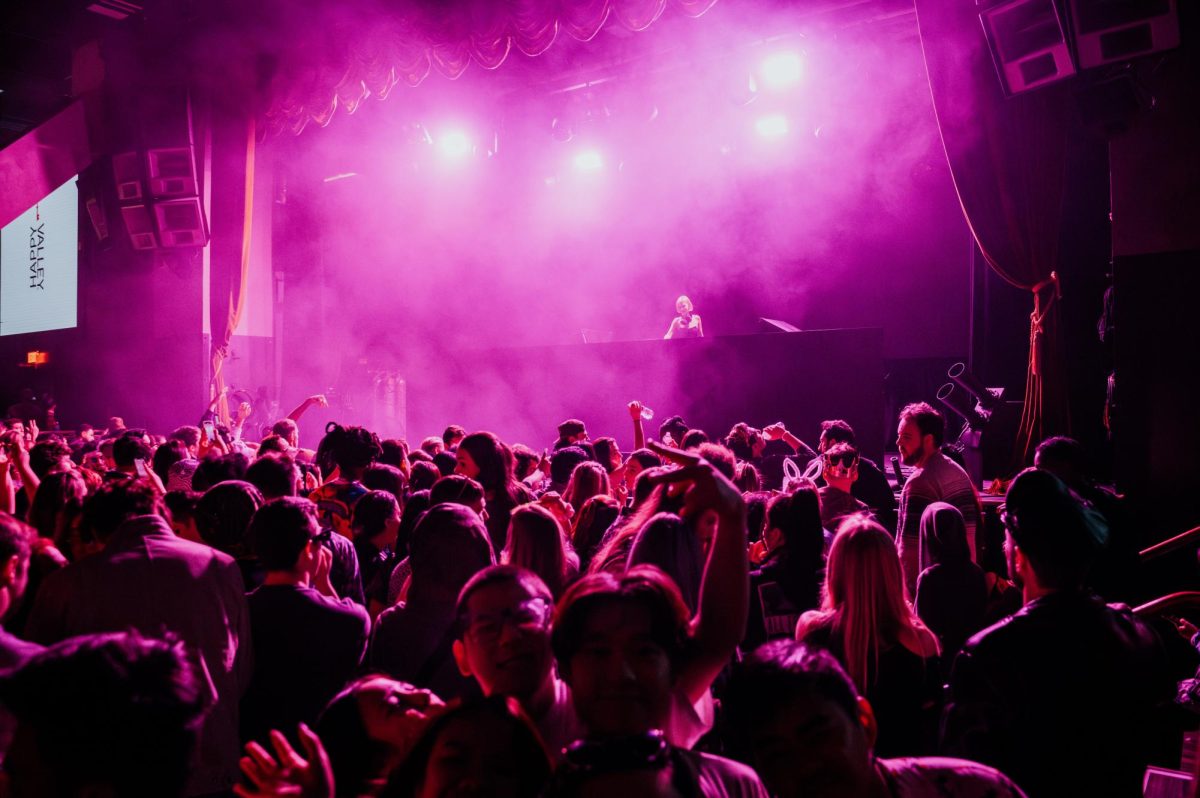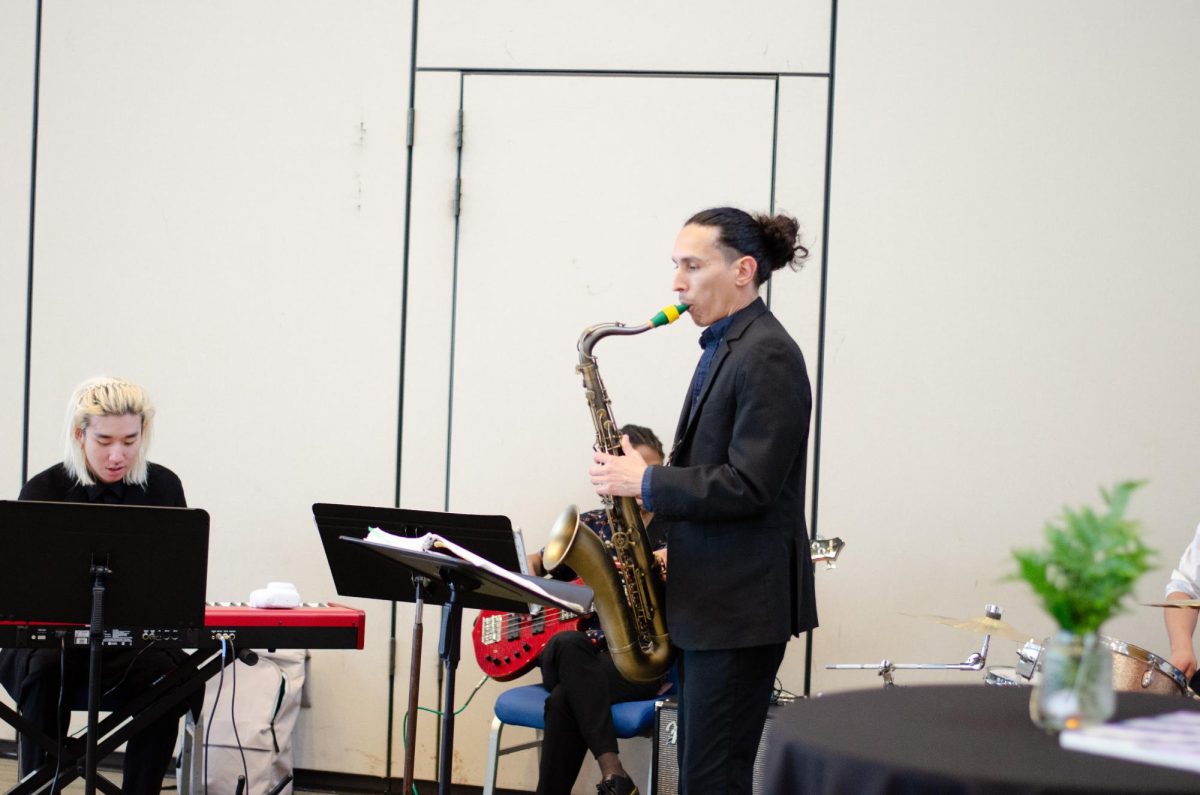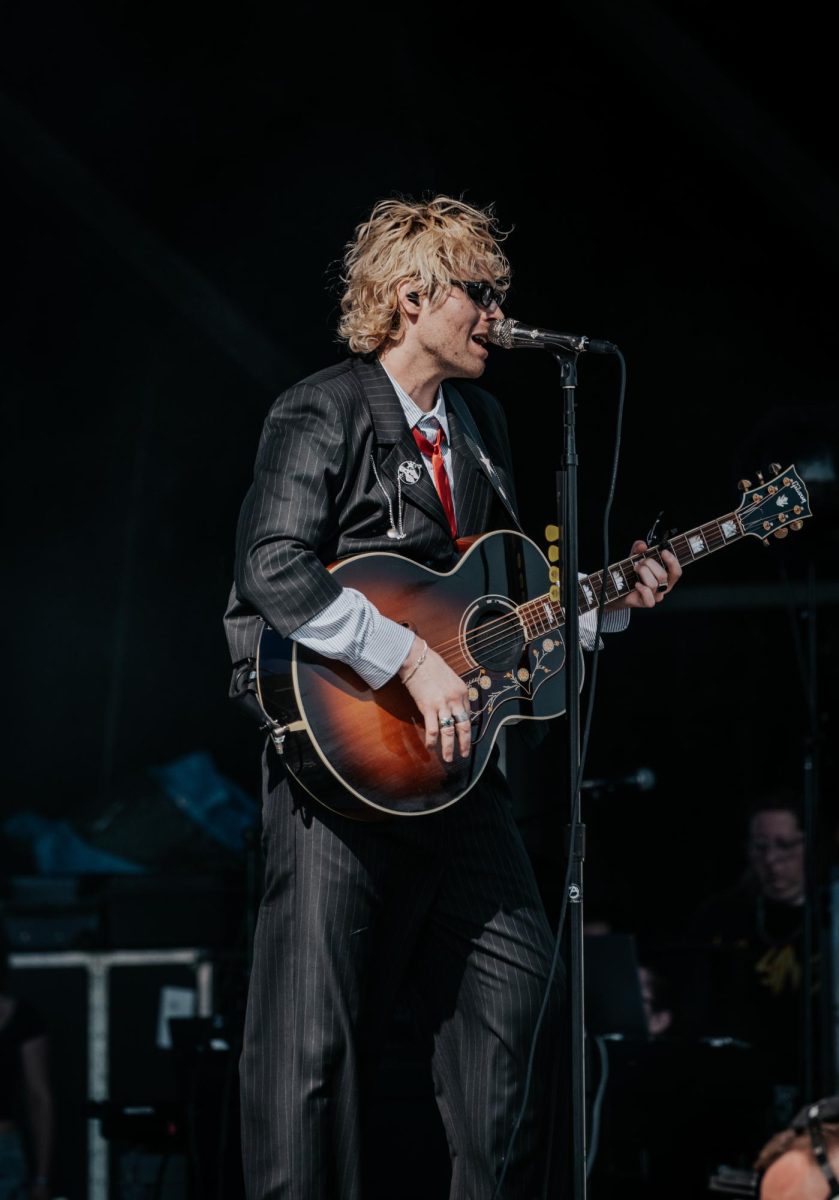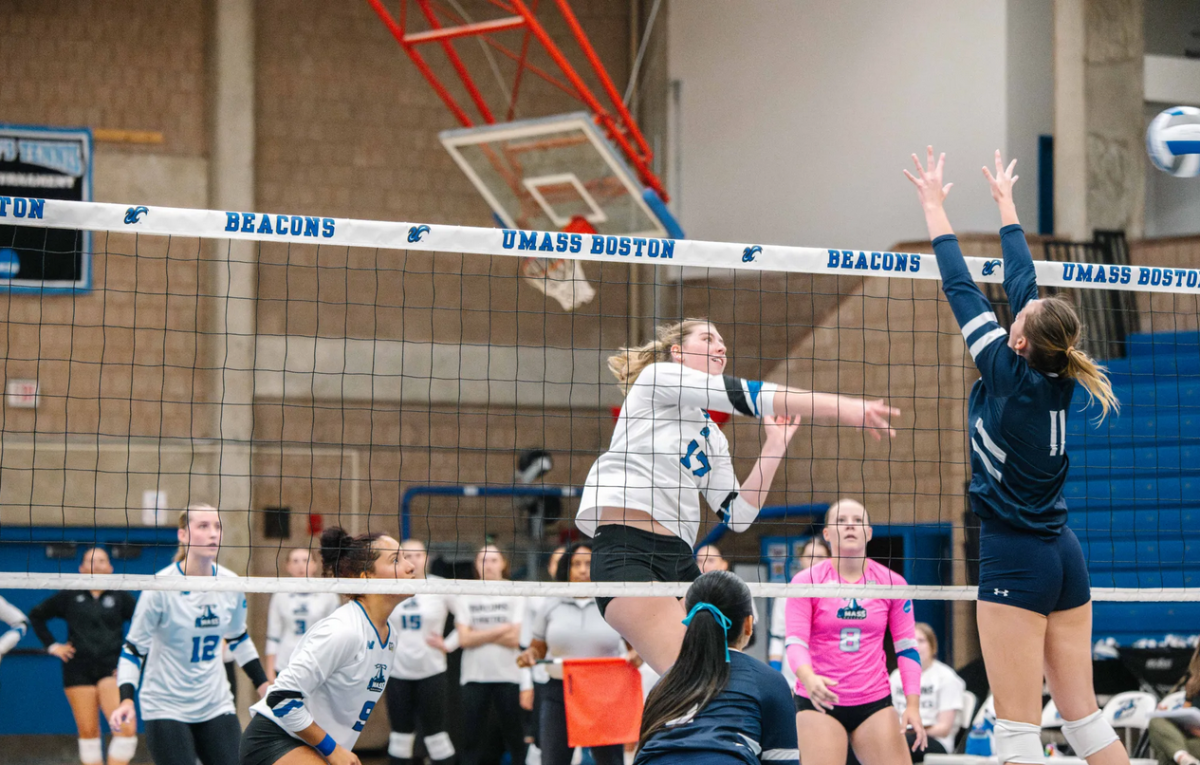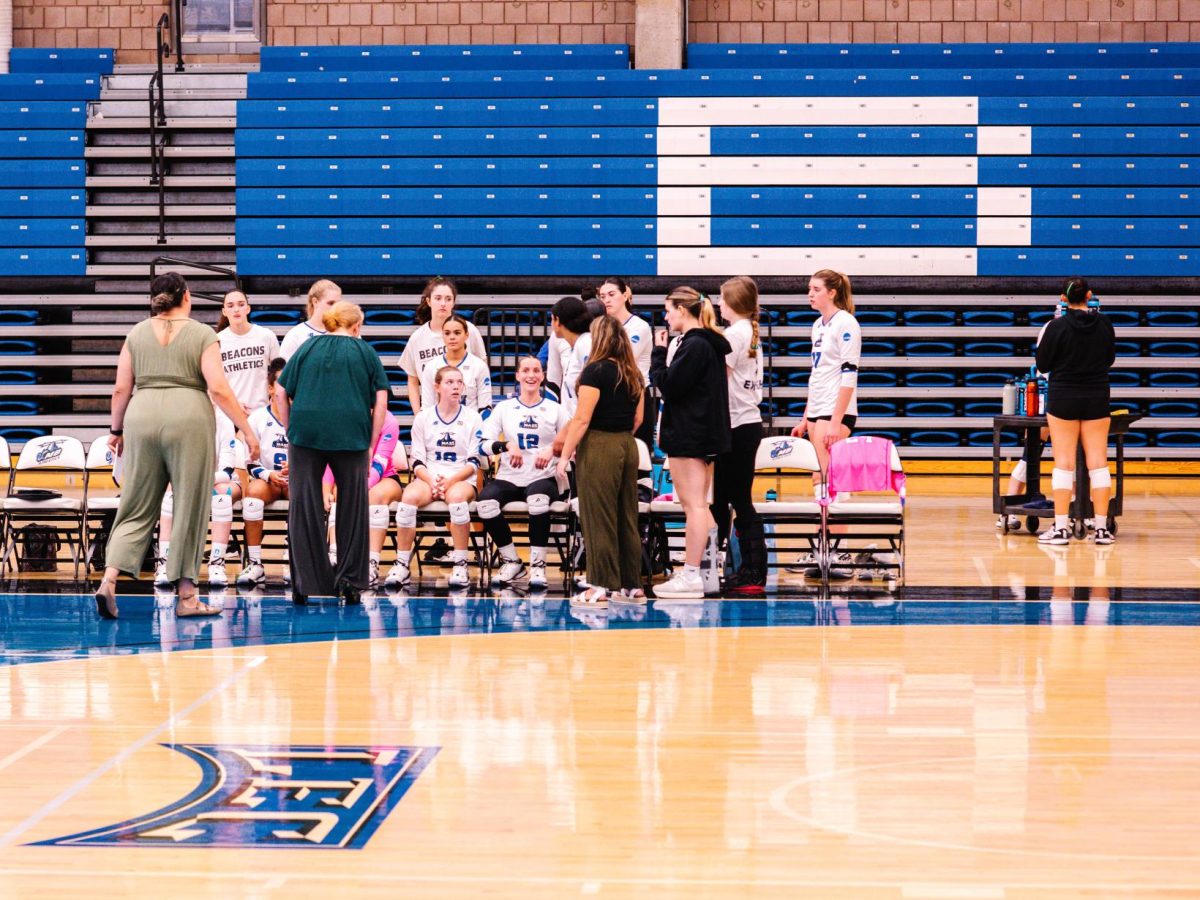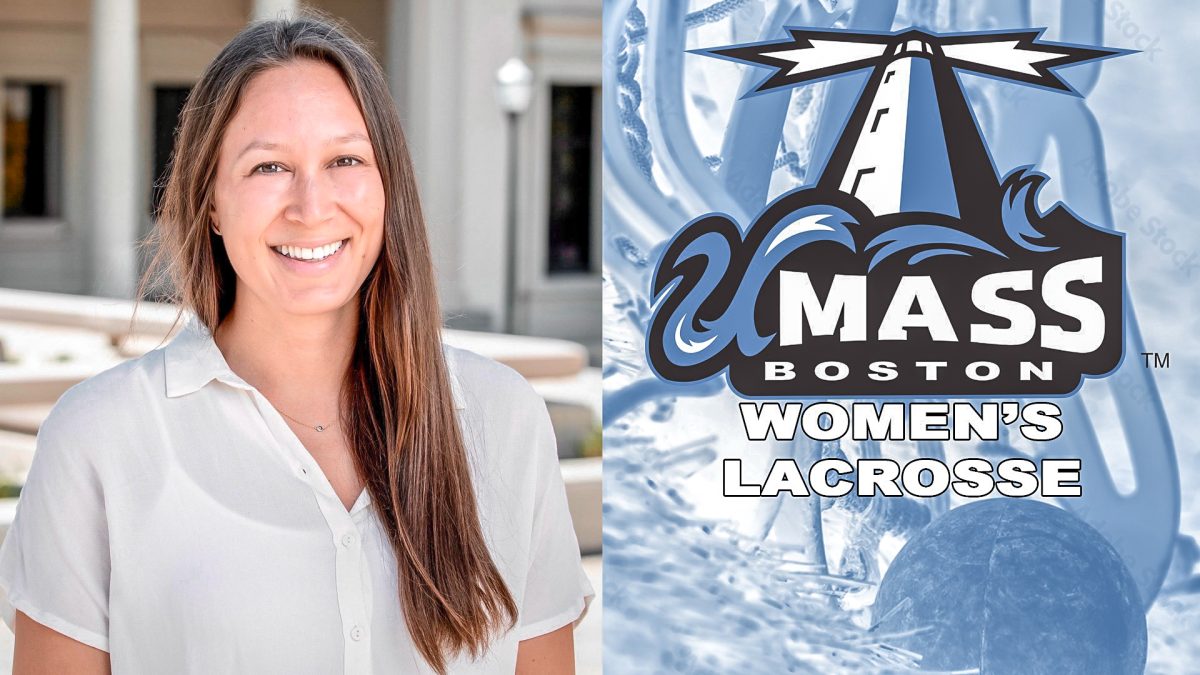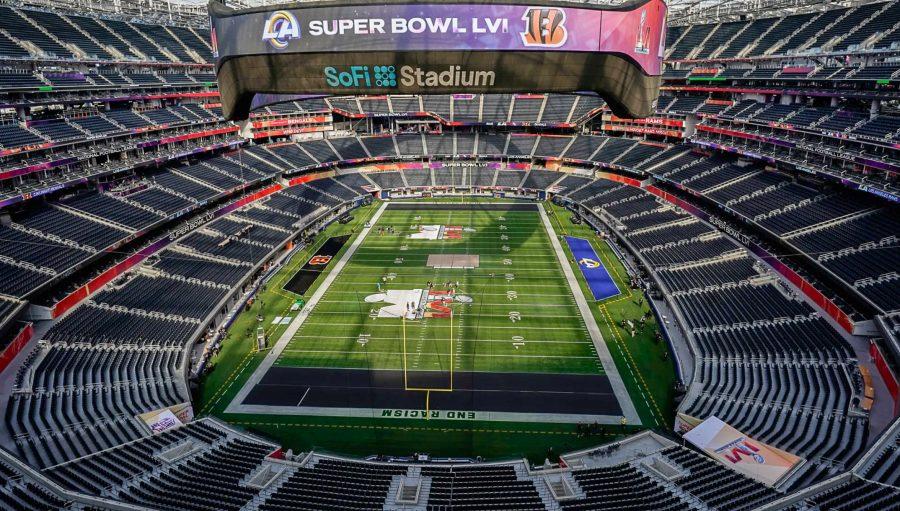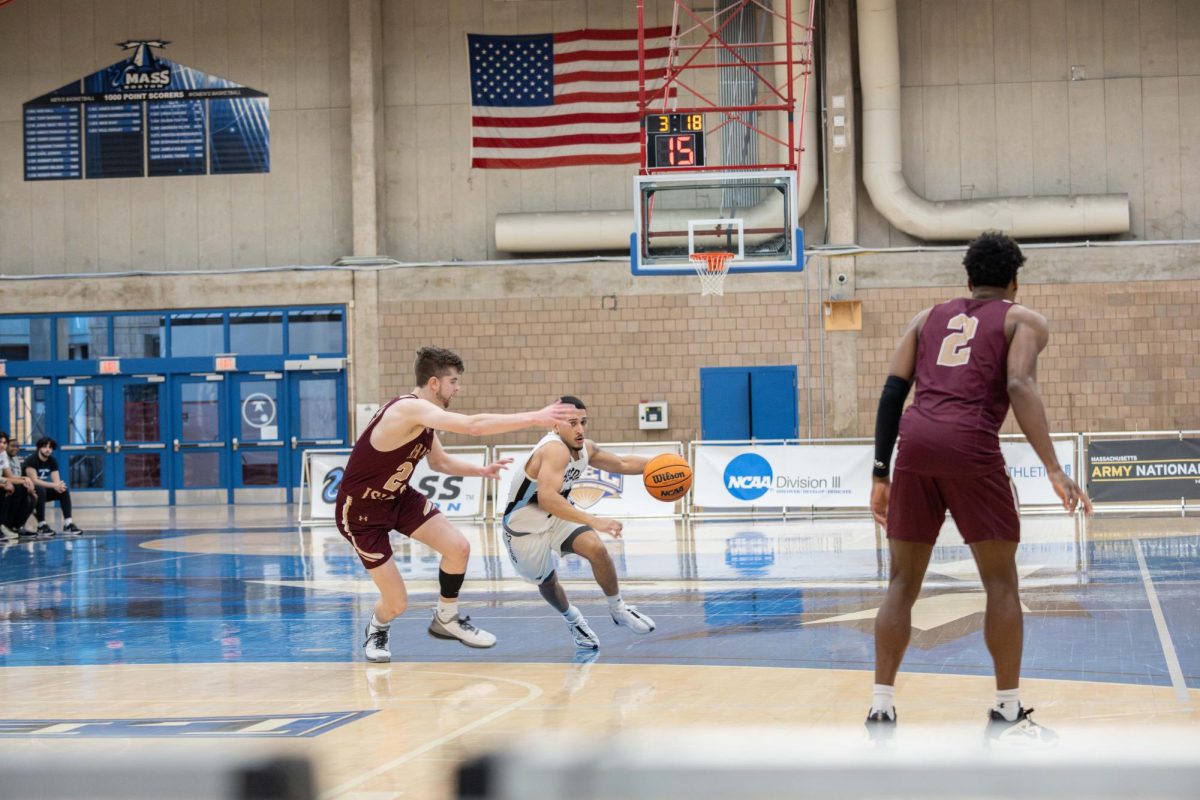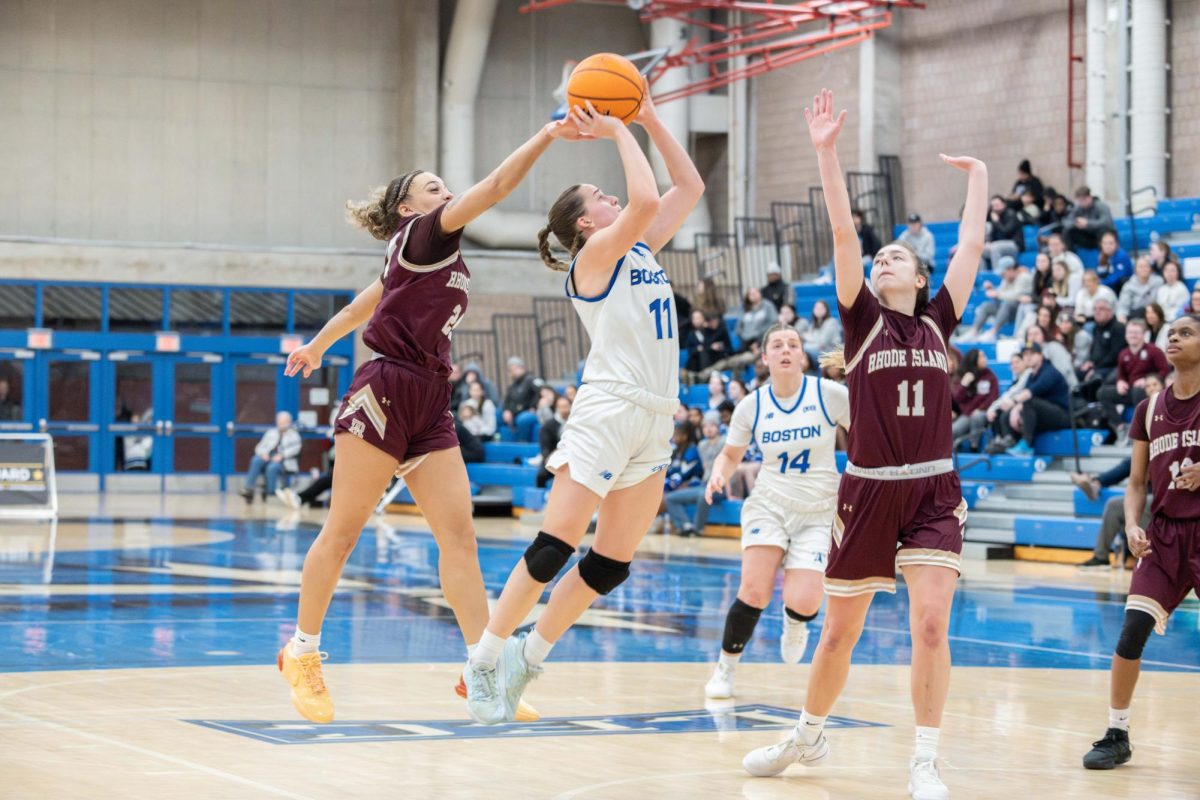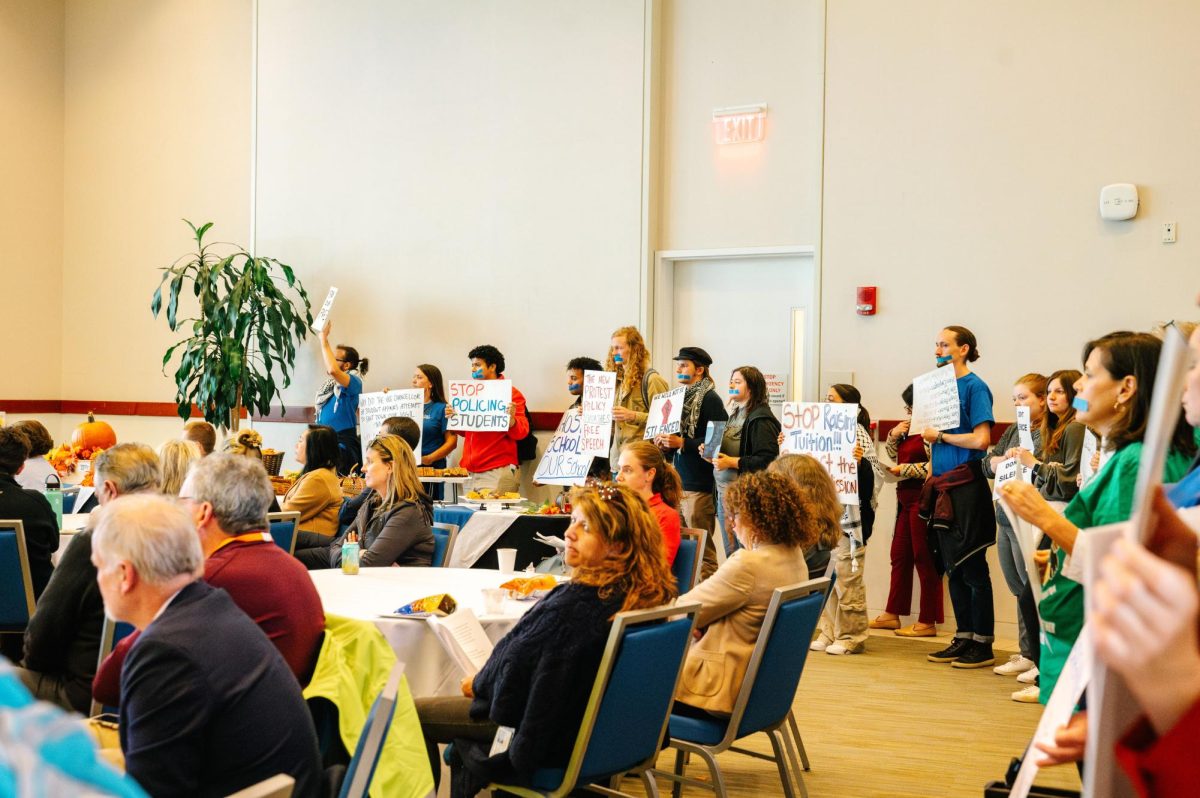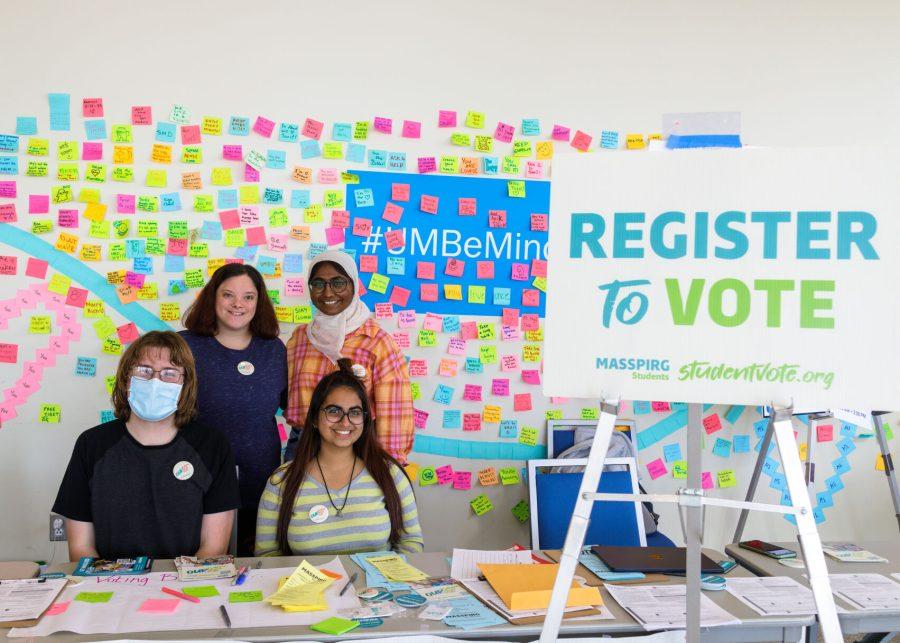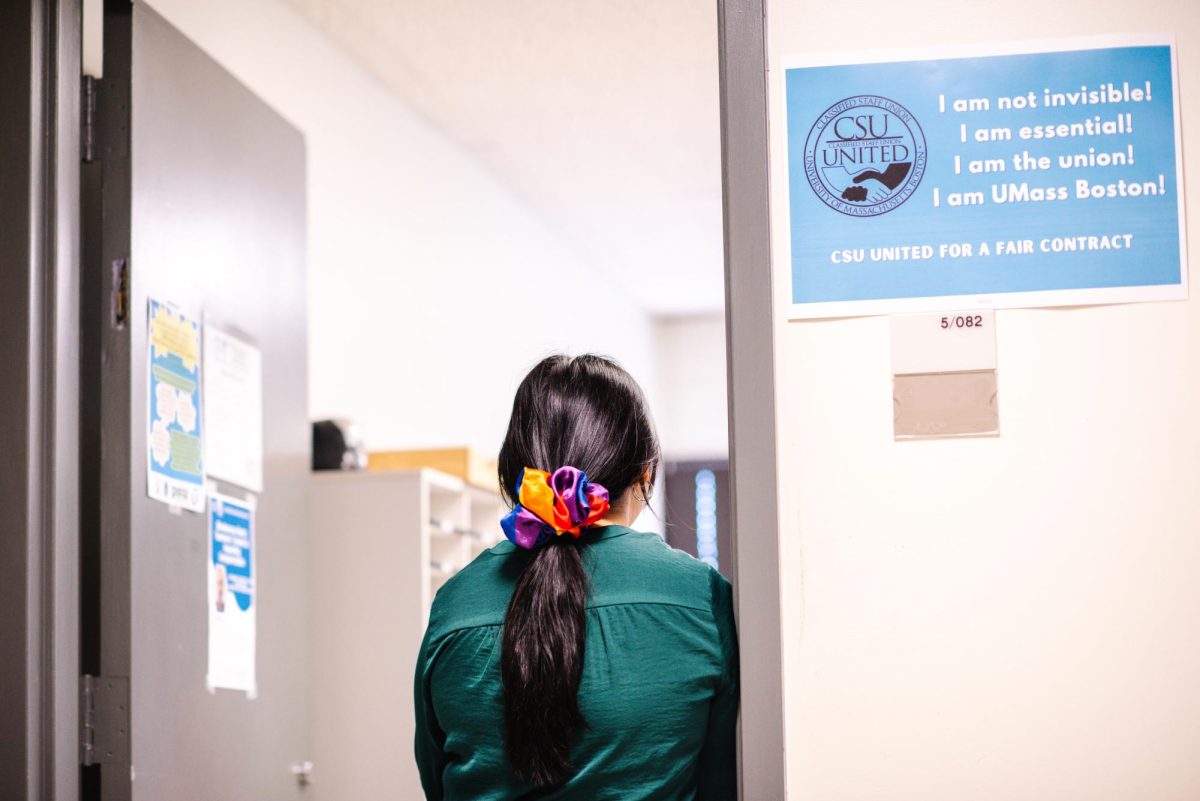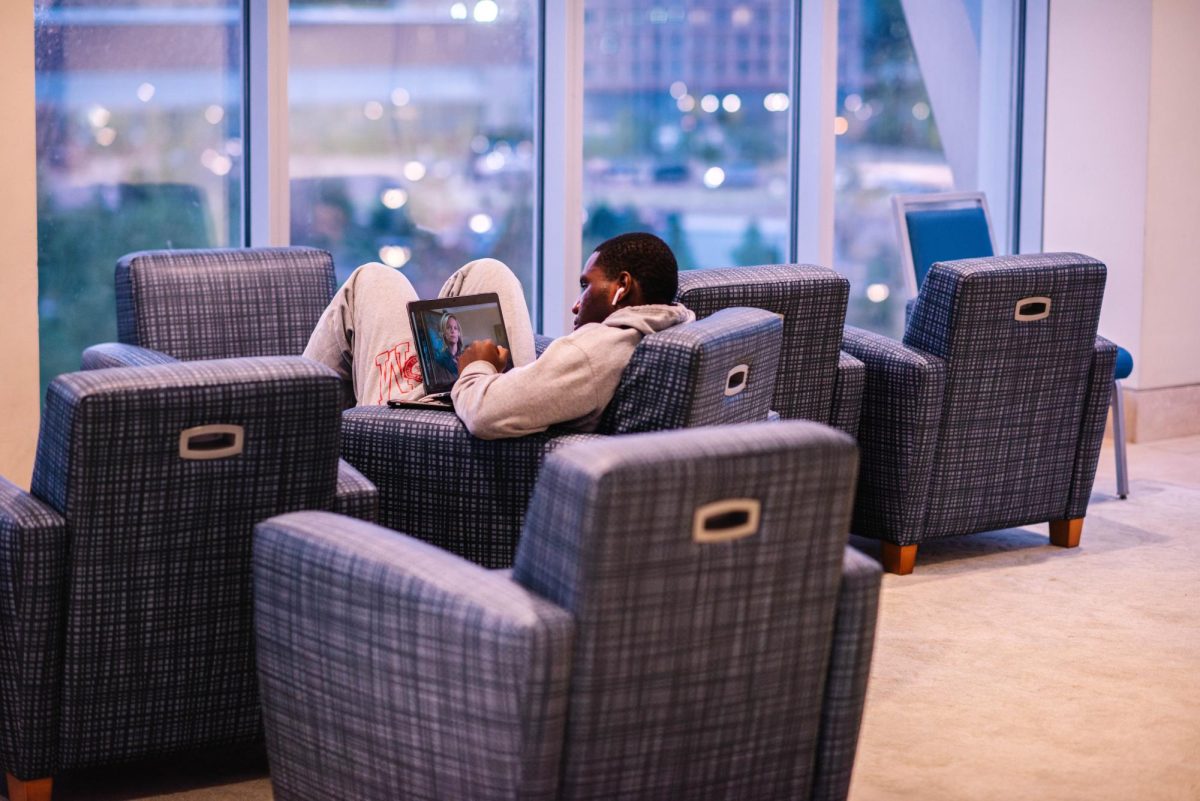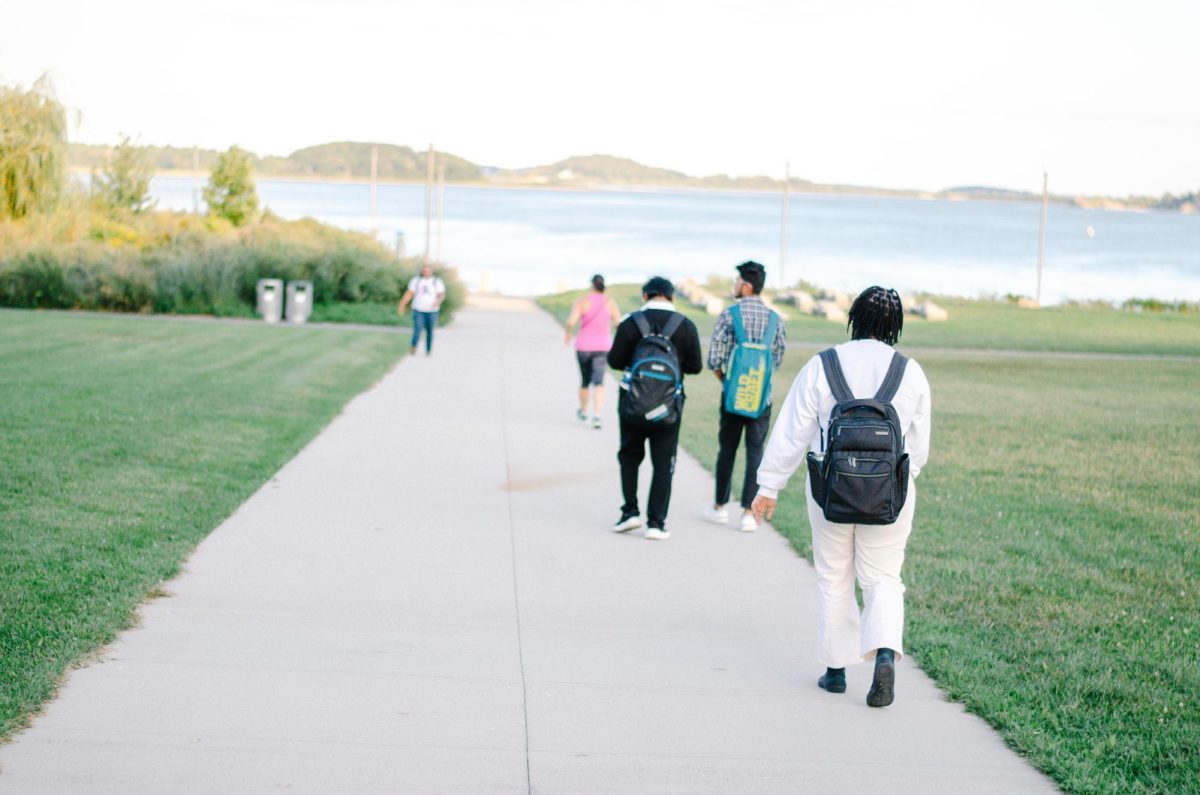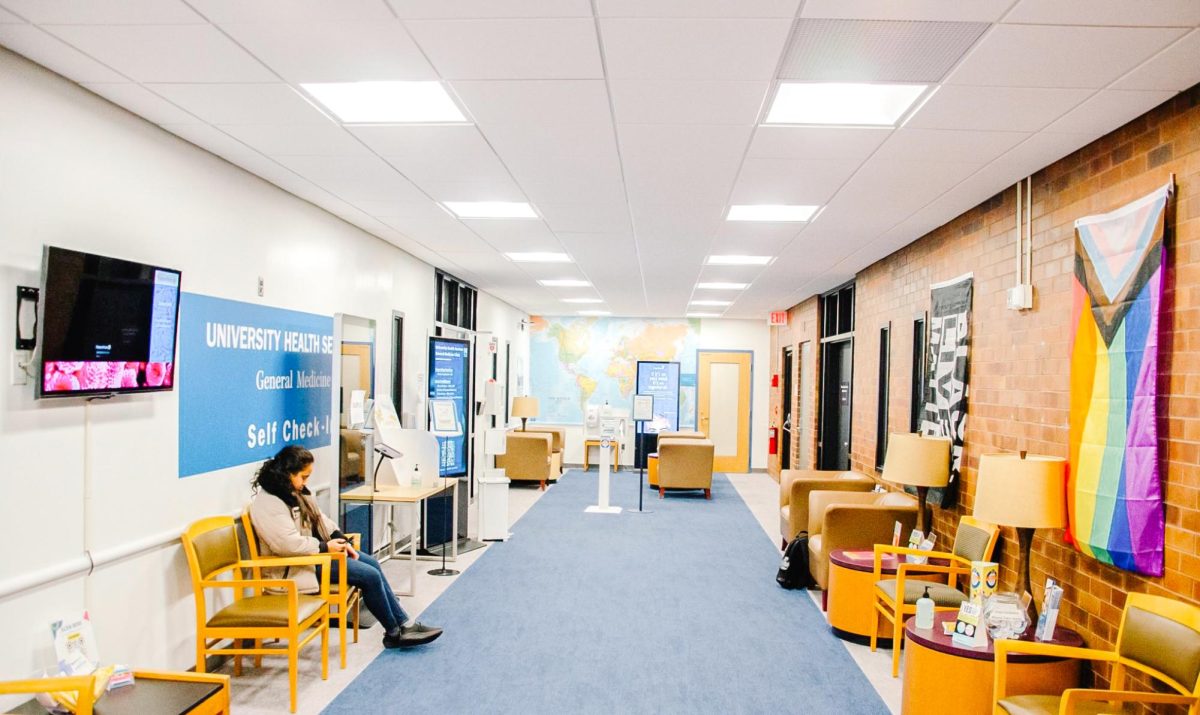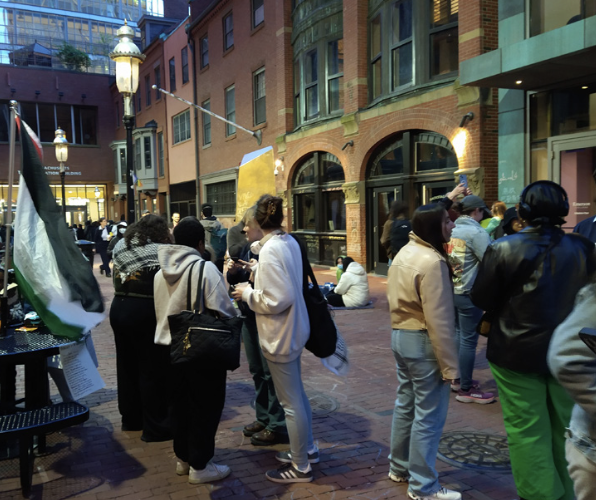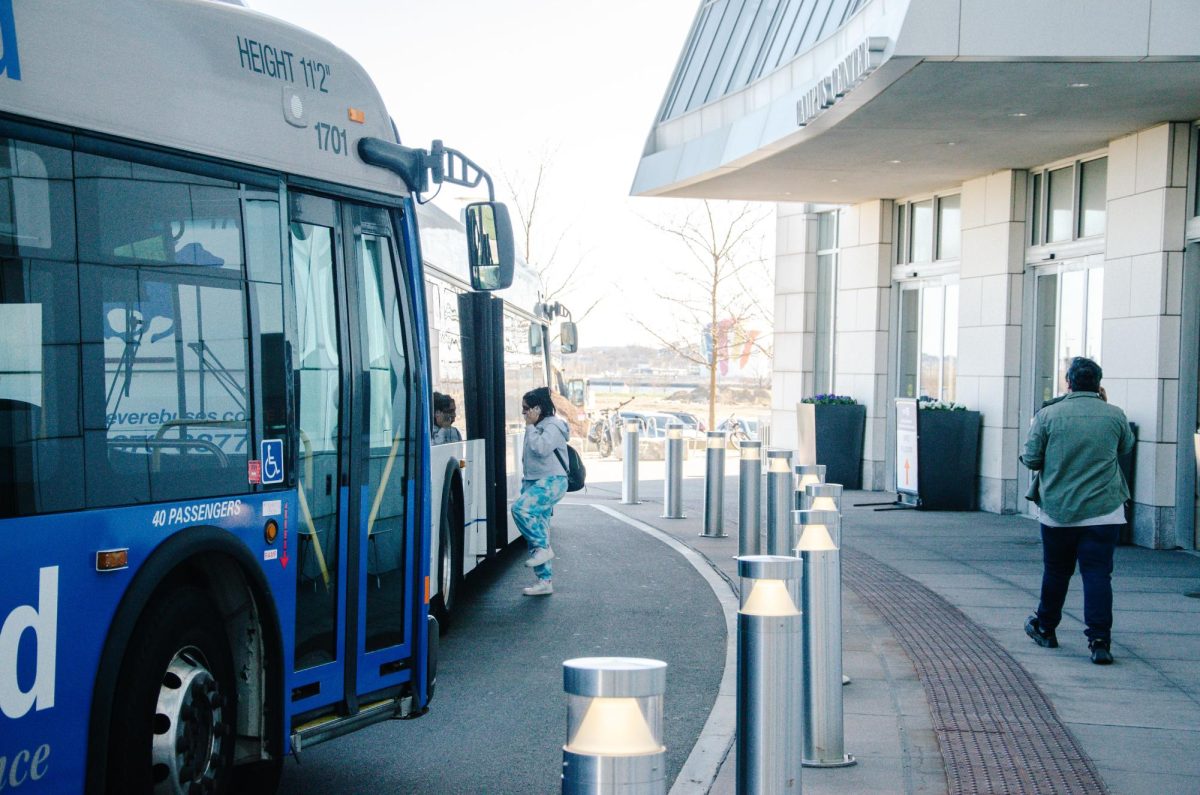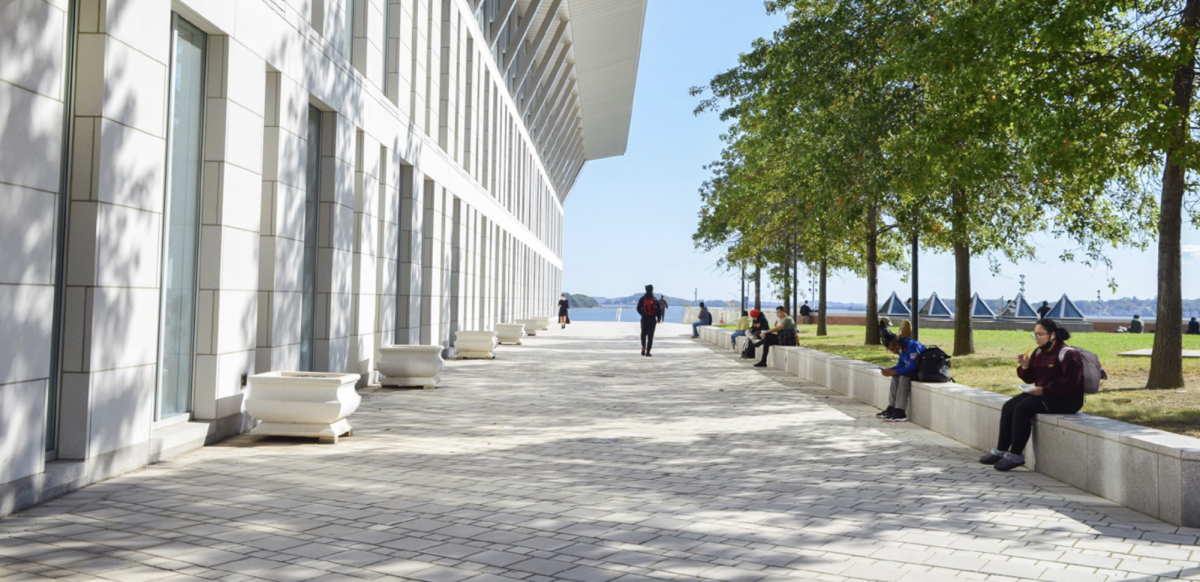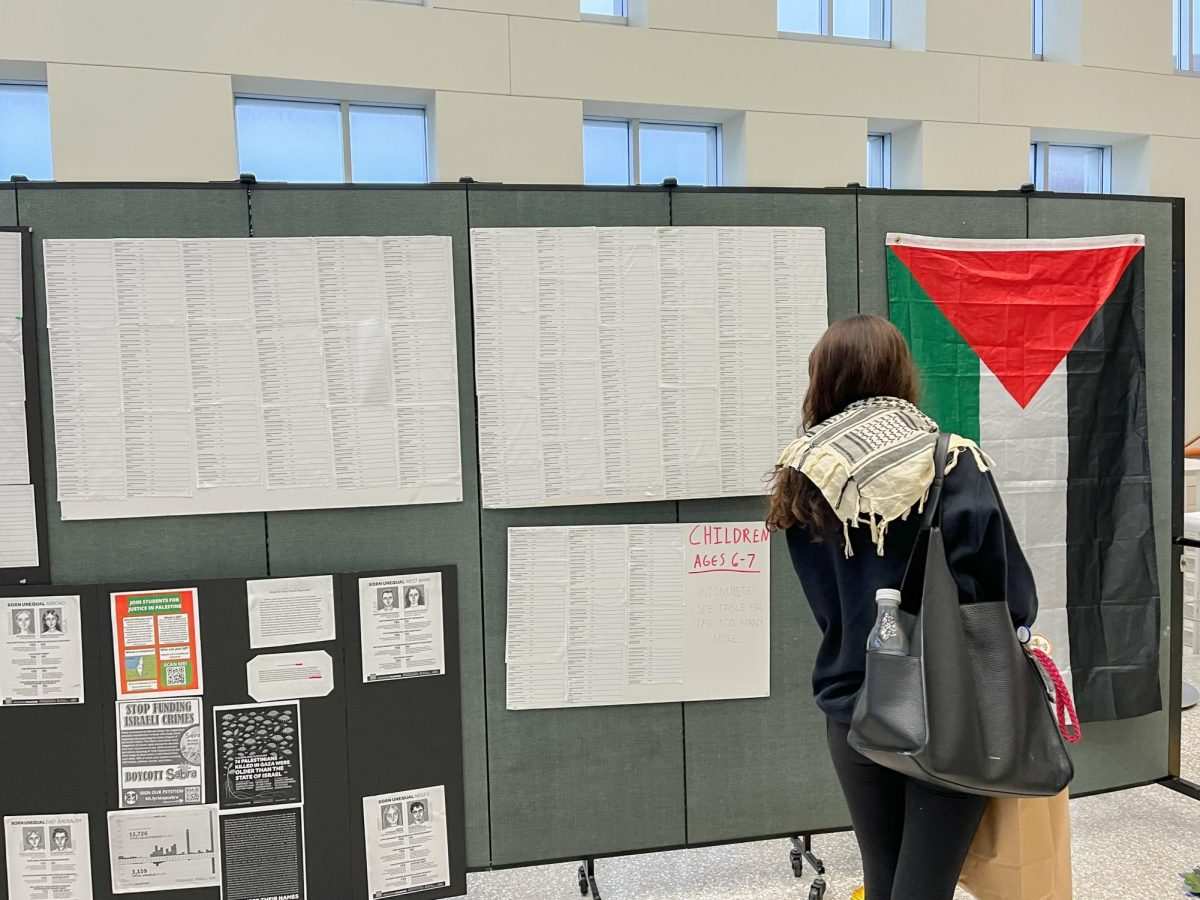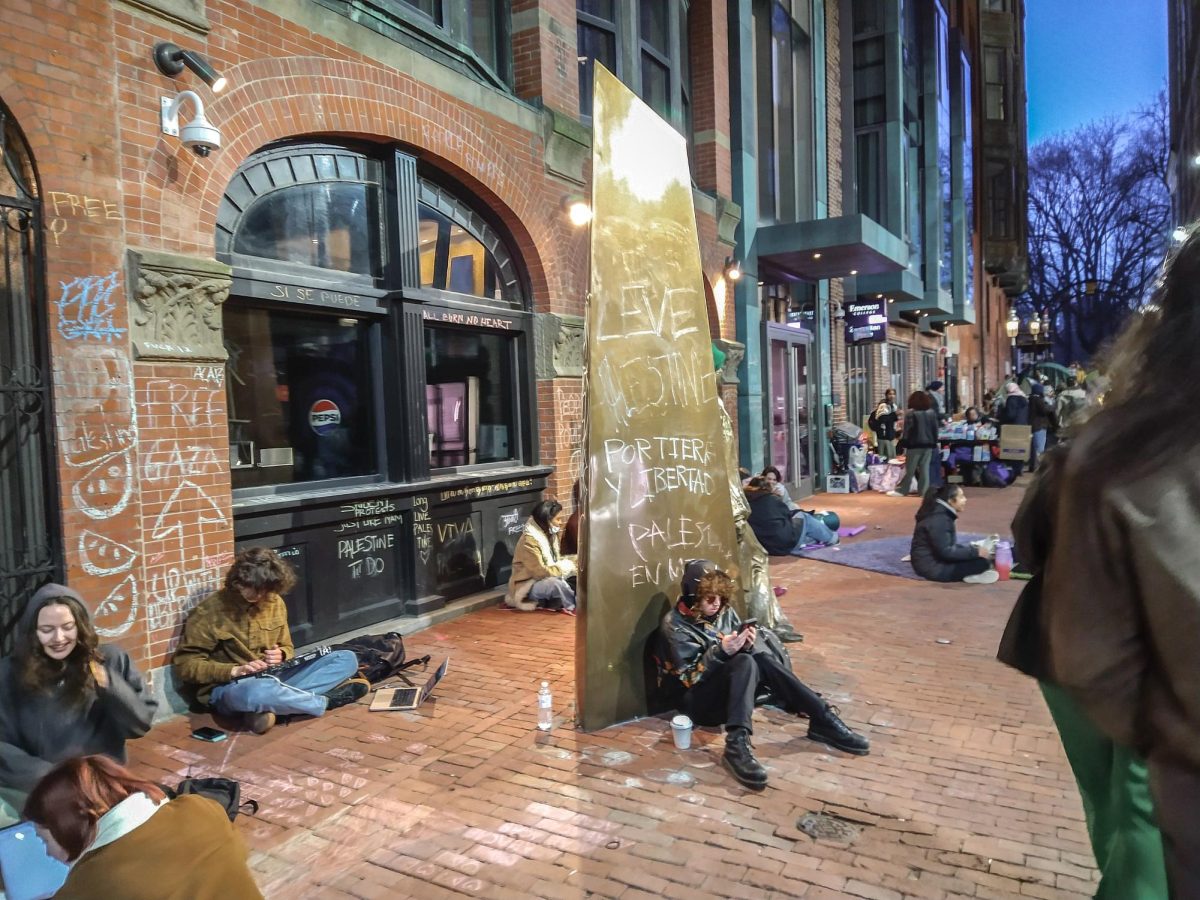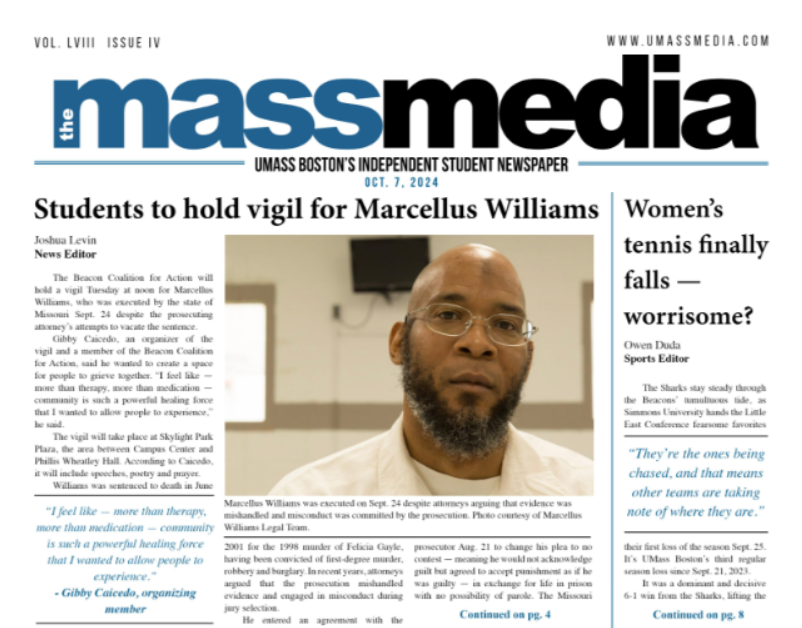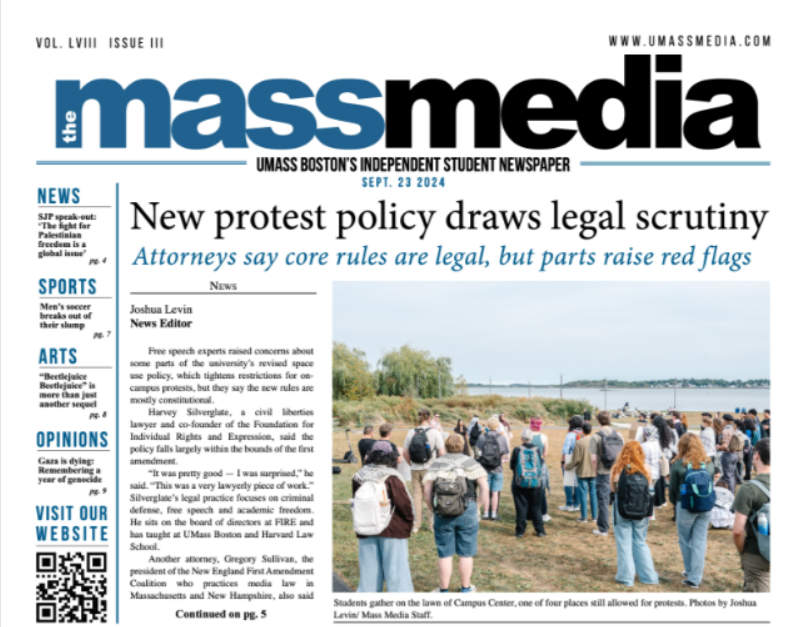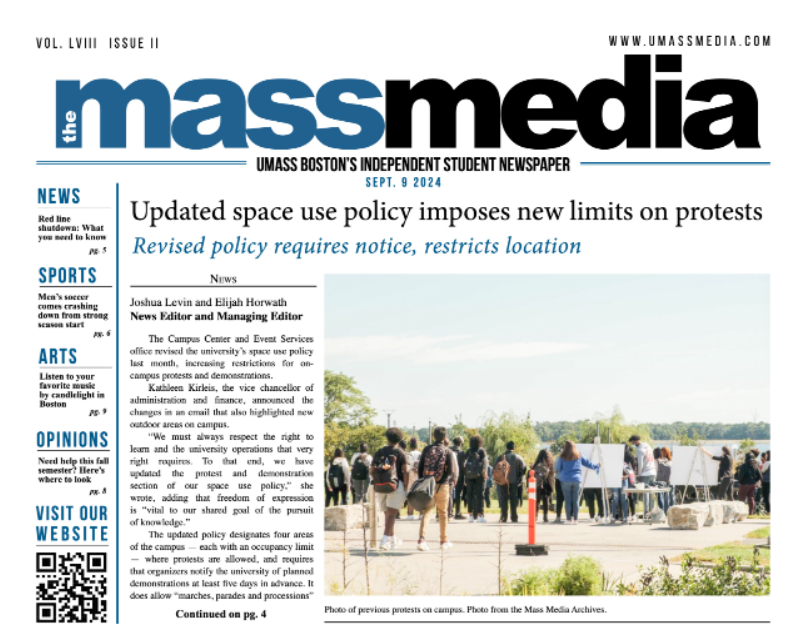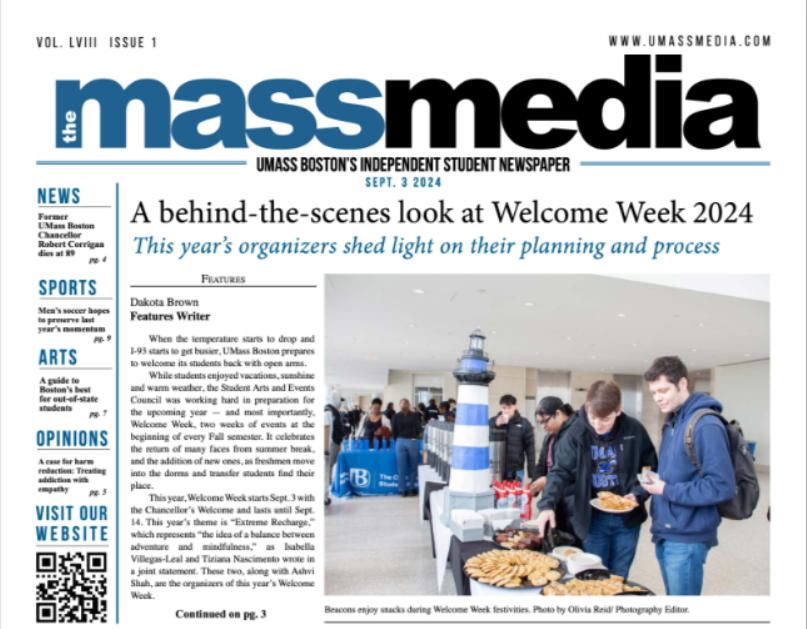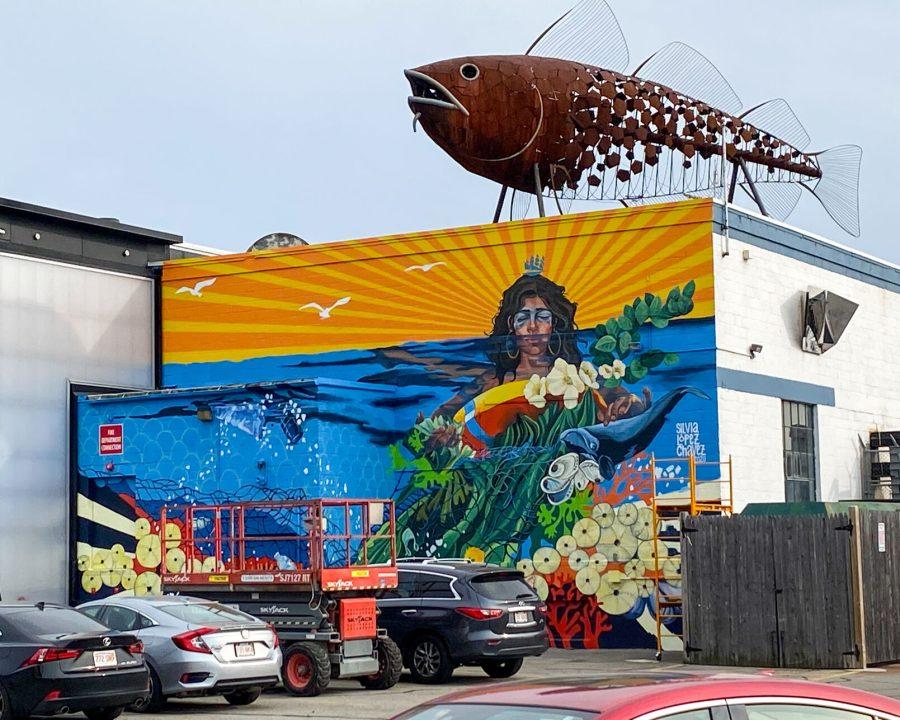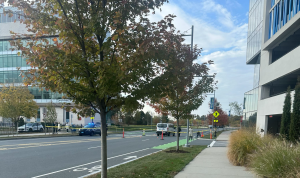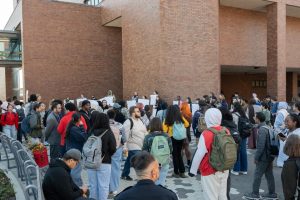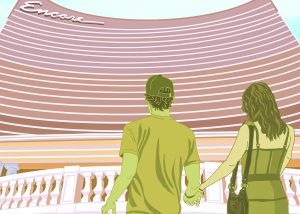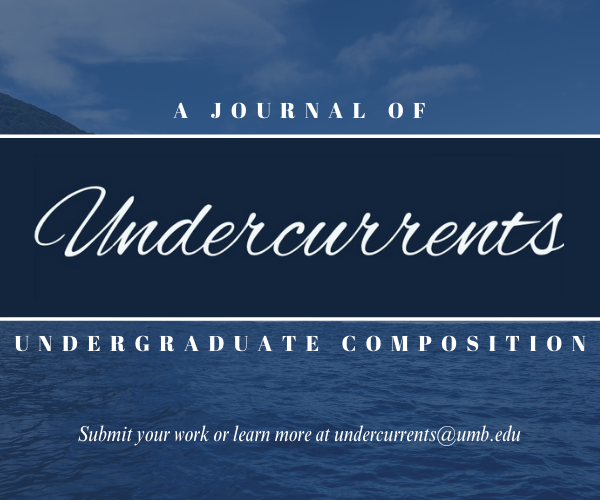Murals with a message
Image of Boston’s Harbor Arts Murals.
September 25, 2020
While many advocates for climate change bring awareness through protests and online activism, one organization, Harbor Arts, uses the creativity of artists and their sculptors to spread their message in an eye-catching way, located on the Boston Harbor Shipyard.
The non-profit organization began in 2009 in order to contribute to and further spark the conversation about climate change through art. What began as a single installation has now morphed into a fourteen-acre outdoor gallery, featuring an ever-changing selection of art. Works featured at Harbor Arts stay on display for a minimum of a year and usually get rotated out due to the outdoor setting of the gallery and how it changes throughout the year (1).
Harbor Arts’s most recent project of colorful paintings has been in collaboration with Sea Walls Boston, a non-profit that focuses on bringing awareness to the community about their environment (2). Local artists were commissioned to create murals on battered buildings to showcase the danger our planet currently resides in (3).
The murals—as well as Harbor Arts’s other pieces—are all located primarily on the East side of Boston. It is completely free to get in and just a simple train ride away. Though slightly tucked away, most residents were more than happy to help me find my way to the gallery.
It had been hard to miss the large, extravagant murals upon nearing the gallery. When walking down the end of Marginal Street, where the gallery currently resides, I noticed how out of place some of the murals looked. One of the murals—which was titled “Eastlantis” and depicted Boston as an underwater cityscape similar to that of the lost city of Atlantis—had been painted next to a building worth upwards of one million dollars. The irony of this placement was interesting.
Many of the murals had been painted on the sides of old, worn out factory buildings, buildings with paint chipping off the sides, brick beginning to crumble, and many other signs of weathering. However just a few steps away, brand new buildings featuring beautiful architecture gleamed like lighthouses. Some houses looked modern and sleek, while others, much higher up on the hill, appeared classical and traditional. The juxtaposition between these settings was uncanny.
Another mural in the series, painted by Silvia Lopez Chaves, features a personification of the ocean protecting a whale and the water around it by moving trash away from the creature—filled the side of one large warehouse. A mural of a child holding a seashell to their ear with smog in the background painted by Julz Roth stretched along two walls of what appeared to be a shack or small workspace.
Despite the beautiful art created by these artists, many pieces lacked descriptions or artists’ plaques to guide viewers as to what they were truly viewing. While this may let viewers create their own ideas and stories about the art, some pieces left me confused as to what the artist’s intentions had been.
On the street-facing the wall of a warehouse building, three mandala-like circles had been painted on a royal blue background, with the word ‘Imagine’ on the top left corner. The only information about this artwork had been the artist’s tag; however, the title and other information had been lacking. Had there been a description, I may have been able to appreciate the art a bit more. Instead, I just acknowledged the piece and continued on. I wish that there had been more information on these works.
In addition to seeing the recent murals, I also went to see Harbor Arts sculptures and other pieces that had been at the gallery previously.
One piece that caught my eye upon walking into the gallery was “Fiddler”—a giant neon green meat cleaver made by Robert Craig. It was hard not to notice it, since it had been at least two stories tall. Furthermore, the stone sculpture Still Waiting had also caught my eye despite its smaller size.
“Still Waiting,” by Nora Valdez featured a little, human-like statue hugging its knees on a platform in the water, and upon first glance, it definitely could have been mistaken for a human child. The sculpture had some shock factor to it, but that may have been part of the art style.
Other pieces included what appeared to be chalk drawings permanently engraved onto the marina’s cement, sea anemones made of zip ties and cranes made of metal. Though not pieces by Harbor Arts, the environment around the area adds to the atmosphere, including a neon sign of a diver and an aged neon sign that says “Home of the Chowder King.”
Harbor Arts seems to be one of Boston’s hidden gems of an art gallery. Now, especially with their collaboration with Sea Walls Boston, it would be a great time to make a trip to see the amazing artwork, as well as appreciate the surrounding areas beautiful views, all for the simple price of a roundtrip train ticket.
1.) https://harborartsboston.com/about-us/
2.) https://seawalls.org/about/
3.) https://www.bostonglobe.com/2020/09/18/lifestyle/east-boston-whirls-new-murals-call-cleaner-planet/

